|
It’s time to board the plane and fasten your seatbelt. We are heading to Spain on my virtual private jet to explore Jumilla and the Monastrell grape. Jumilla (pronounced who-ME-ah) is a small wine region located in southeastern Spain. “The area begins in Tobarra mountains, a natural crossroad located between Alicante, Albacete, and Murcia, around 50 miles inland from the Mediterranean Sea. The vines stretch out across more than 19,000 hectares of land, and over 2,000 viticulturists painstakingly care for each and every one. There are 45 registered wineries in the provinces of Murcia and Albacete, of which 40% are located in the town of Jumilla.” This quote is taken from Jumilla.com Jumilla is the birthplace of Monastrell, a red grape variety (known as Mourvèdre in France). Jumilla also boasts being home to Europe’s single largest collection of 90-year-old ungrafted bush vines. Viticulture and winemaking have been a fundamental part of Jumilla for over 5000 years, and it is one of the oldest DOPs (denominación de origin Protegida) in Spain, established in 1966. Jumilla climate is considered Continental even though it is close to the Mediterranean Sea. It experiences over 3000 sunny hours a year, with frequent dry winds. This high altitude and arid area with scorching days in the vineyards benefit from the cool evenings due to the high elevation. The soil is mainly comprised of gravel and limestone with good soil depth and a high capacity to retain water, all of which are conducive to vine-growing. The Monastrell grape is a late-ripening grape that thrives in this intense heat. It has adapted to these hot, arid conditions, making it a resilient variety and resistant to drought. Monastrell makes up approximately 70% of the Jumilla DOP vineyard surface. In addition, sustainable farming has been in practice for generations, with 70% of the surface area certified in organic viticulture. The wines produced here tend to be bold with fruit-driven flavors and characterized by intense aromas, powerful tannins, and medium acidity. Here are three wines representing a range of expressions to delight the palate. All of these wines are made with 100% Monastrell and are hand-harvested. Jumilla Rosado, DOP 2020 Bodegas Alceño, producer Grapes were harvested from 40-year-old vines in an organically farmed vineyard at 2690 feet altitude. This organic rosé presents lovely floral, strawberry, and raspberry notes on the nose. A palate of refreshing acidity and juicy berries continue to an impressively long finish. Drink as an aperitif or serve with seafood, grilled fish, light pasta, or sushi. Alcohol: 13% SRP: $10-12 Jumilla Tinto Joven, DOP 2020 Bodegas Xenysel, producer The grapes for this wine were harvested from 25-year-old vines growing in sandy-clay and limestone gravel soils at 2,133 feet altitude. This wine is unoaked and certified organic. Aromas of violet, dark berries, and cherry segue onto the palate with blackberry, spice, and grippy tannins. It is balanced and structured with a lengthy finish. Pair with cheese and meat appetizers, grilled meat, or chicken. Alcohol: 14% SRP: $10-14 Jumilla Tinto Crianza, DOP 2018 Bodegas Olivares, producer Grapes were harvested from vines of over 60-years-old. The vineyard is situated at approximately 2,706 feet altitude. This wine was aged 12 months in 300-litre French oak barrels and 10,000 litre oak vats before bottling. Succulent aromas of dark fruit, baking spice, and fig set the stage for this expressive wine. The palate offers blackberry, dark cherry, tobacco, balsamic, spice, and a hint of cocoa, ending with a long finish. Serve with hearty stews, grilled meat, game, aged cheese. or seared tuna. Alcohol: 14.5% SRP: $15-18 These are excellent wines at incredible prices! I’m looking forward to exploring more styles from Jumilla.
Until next time… Cheers! Penina To leave a comment or if you have an inquiry, please contact me at [email protected] It’s that time of year again to wear tee-shirts, shorts, flip-flops and embrace the warm weather. I, for one, am looking forward to outdoor concerts, picnics in the park, backyard barbecues, beach time, and pool parties. With the revved-up production of canned wines from producers worldwide, many quality canned wines are vying for space on retail shelves. According to Grand View Research, “The global canned wines market size was valued at USD 211.4 million in 2020 and is expected to grow at a compound annual growth rate (CAGR) of 13.2% from 2021 to 2028. The rising demand for convenient, portable, and single-serve beverages is the key driver for the market growth.” What is a better way to enjoy wine without schlepping a bottle, corkscrew and stemware while off on an adventure? Single-serve canned wines to the rescue! They are not only light-weight and convenient to stow in your backpack or picnic basket, but quite a few are low in alcohol and contain a small number of calories. I have tasted many canned wines over the last few years and have been quite impressed with most of them. They are growing in popularity and more wine producers worldwide are getting in on the action. Here is a small sampling of canned wines to enjoy on your next outing or stay at home in the hammock time. All of these wines should be served chilled. Santa Julia Malbec Rosé Bodega Santa Julia is located in Mendoza, Argentina. This rosé is made with 100% organically grown Malbec grapes from Santa Rosa and Maipu vineyards. It is a very refreshing, dry wine that oozes strawberry flavors. Notes of raspberry, a hint of citrus, and a dollop of acidity round out this slightly effervescent rosé. Alcohol: 13.9% SRP: $11/2-pk Tiamo Organic Dry Rosé Spritz The Tiamo brand is produced by British husband and wife team Mel and Janie Master and the Sager family. This rosé is a blend of Sangiovese and Montepulciano grapes sourced from vineyards in Chieti, Italy. It is fresh and crisp with flavors of berries, sour cherry, a hint of floral, and just the right amount of fizz. Alcohol: 5% SRP: $15/4-pack Rosé Water This dry rosé is made with Pinot Noir, Gamay, and Cabernet Franc grapes obtained from the Loire Valley in France and blended with sparkling water sourced from the Austrian Alps. Rob Kuchar, the founder of Rosé Water located in Wilmington, NC, created the product for “today's consumer who is focused on health and wellness in all aspects of their life.” He and his wife Amy spent almost two years creating the perfect blend. With only two ingredients, this is a light and refreshing wine loaded with cranberry, cherry, and berry flavors. Acidity and a nice sparkle blend well on the palate. Alcohol: 4.9% SRP: $13.99 - $16.99/6-pack Single 8.5% can/$2.49 - $3.99 Butternut Wines BNA Wine Group produces Butternut Wines. The company is headquartered in Nashville, Tennessee, with a presence and partnerships in Napa Valley, CA. Fourth-generation wine distributor John Hooper, second-generation winemaker Tony Leonardi, and industry veteran Gary Carr form the group. Their mantra is “discover the right vineyards, retain the natural characters in the grape, coax the best wine into the bottle and then offer the resulting wine at a great value.” All the grapes for Butternut wines are sourced and produced in California. Butternut Rosé This is a blend of 50% Tempranillo and 50% Syrah. The palate explodes with flavors of raspberry, tangerine, strawberry, red ruby grapefruit, and crisp acidity. It is quite refreshing! Alcohol: 11.9% SRP: $6.99 for a 375ml can Butternut Chardonnay This wine is 100% Chardonnay. Aromas of floral, citrus, peach, and Honeycrisp apples segue onto the palate with hints of melon and a creamy mouthfeel. It is nicely balanced, with acidity showing through. Alcohol: 13.9% SRP: $6.99 for a 375ml can The Infinite Monkey Theorem Winery The infinite monkey theorem is an old mathematical theorem that states, “a monkey hitting keys at random on a typewriter keyboard for an infinite amount of time will almost surely type a given text, such as the complete works of William Shakespeare.” The Infinite Monkey Theorem winery was named after the above theorem. As Ben Parsons, founder and winemaker, said, “it’s all about creating order out of a chaotic system. Given an infinite amount of time, anything and everything is possible.” The grapes are sourced mainly from the western slopes of Colorado at an elevation of 4,500 feet. Bellini Wine Cocktail This wine is a blend of Riesling and Palisade Peach juice. The color is soft lemon with refreshing flavors of light peach and citrus and is lightly carbonated with just the right amount of acidity. Alcohol: 12.8% SRP: $14.99/4-pack Bubble Universe Made with Riesling, it is another lightly carbonated wine. The nose offers floral, citrus, and granny smith apples that segue onto the palate to blend with a tart but refreshing and zesty acidity.
Alcohol: 12.2% SRP: $14.99/4-pack Summer is in full swing! So grab your favorite canned wine and enjoy some “chill time”! Until next time… Cheers! Penina To leave a comment or if you have an inquiry, please contact me at [email protected] This story was originally published on Santé Magazine. It doesn’t matter what time of year it is when it comes to sipping rosé wines. But, a chilled glass of rosé in hand during the warmer months is quite divine! The spring and summer seasons always bring stunning blooms bursting with an array of colors and seductive fragrances. Not to be outdone by mother nature, rosé wines are made in various styles, enticing aroma and alluring shades of pink. And the bottles tend to be beautiful as well. With so many choices on the market, one might be inclined to start a rosé garden! In its simplest terms, wine gets its color from the skin of grapes, and there are several methods of achieving this with rosé wine. Limited Skin Maceration Rosé wine is produced from red grapes with limited skin contact during maceration. After harvest, the grapes are crushed, and the juice is allowed time on the skins, which could be just a few hours or up to a week. The less time spent on the skins, the lighter the color of the wine will be. The longer the maceration, the darker and more flavorful the rosé will tend to be. After maceration, the juice is drawn off, and fermentation of the wine begins. Direct Press With this method, the grapes are pressed to remove the skins (such as with white wines), and juice is immediately drawn off, only allowing the juice to contact the skins for a very short time. This process produces some of the lightest-hued rosés. Winemakers often use this method for darker-skinned grapes. Saignée Method This method is also referred to as the “bleeding” method. It was originally a method used to make concentrated red wines. With this technique, red wines are vinified using a standard process, but in the early stages of maceration, the winemaker will “bleed” some of the red wine juice from the tank and then vinify it separately as a rosé. Saignée rosés are richer, darker, and more flavorful. Some winemakers like to age their Saignée rosés in oak barrels. The variety of grapes used, the regions, production techniques, and harvest year all play a significant role in these wines’ style, color, and flavor. Rosé wines can range from delicate to rich, extra-dry to sweet, simple tank fermentation to barrel-fermented, and runs the spectrum of diverse flavors such as light citrus to deeper, fruitier wines. For many consumers, buying rosé wine is motivated by the “pink” wine in a pretty bottle that complements the care-free months of warm weather. For others, it is the country, region, style, and grape variety that influences their purchase. Here are a few pretty shades of pink in both still and sparkling style that I hope inspire you to start your rosé garden! Still Rosés France Château Puech-Haut Tête de Bélier Rosé AOP Languedoc 2019 The grape blend for this rosé is 99% Mourvédre and 1% Grenache, sourced from Languedoc-Saint Drezery vineyards. Aroma: Citrus, strawberry, floral, and a touch of minerality Palate: Lovely layers of fresh berries, notes of exotic fruit, citrus, and spice. A complex wine with a generous mouthfeel and long finish. Alcohol: 14.1% SRP: $34 Jean-Luc Colombo Cape Bleue Rosé 2020 This is a blend of 67% Syrah and 33% Mourvédre. Grapes are sourced from vineyards in the hills above the bay of Marseille, next to Provence. The saignée method is used, and then the wine juice is fermented in stainless steel tanks for three weeks. Aroma: Rose petals, raspberry, white stone fruit, and watermelon Palate: Crisp and refreshing with notes of raspberry, peach, minerality, and a touch of sour cherry. Alcohol: 12.5% SRP: $14.99 Côté Mas Aurore Rosé Pays d’Oc IGP 2020 Domaines Paul Mas is located in Languedoc, where 20% of the estate vineyards are farmed organically, with the rest farmed using sustainable practices. This rosé is a blend of 50% Grenache, 30% Cinsault 10% Syrah, and 10% Vermentino. The bottle is very eye-catching with its colorful label! Aroma: Floral, strawberry, cherry, and a hint of melon Palate: Ripe red fruit with lush berries and nice acidity with a mineral edge on the finish. Alcohol: 14.2% SRP: $13.99 Spain Inazio Urruzola Getariako Txakolina Rosé DO 2019 This estate is located in the heart of Basque country. The wine is a blend of two indigenous grapes, 50% Hondarr Abi Zuri and 50% Hondarr Abi Beltza. Aroma: Floral, fresh berries, and green apple Palate: Juicy fruit, berries, ruby grapefruit, Vibrant acidity balanced with minerality. Quite refreshing. Alcohol: 10.5% SRP: $20 Italy Bertani Bertarose IGT 2020 The historic Bertani winery is located in the Veneto region of Italy. This rosé is made with 75% Molinaro and 25% Merlot. Grapes are sourced from hillside vineyards above Lake Garda. Grapes are vinified separately, with only the Molinaro having skin contact. The blend is then aged in stainless steel tanks for about three months on the lees. Aroma: Floral, red and dark fruit, pomegranate, and grapefruit. Palate: White flowers, ruby grapefruit, strawberry, and a hint of cherry. Lovely balance between acidity and salinity. Alcohol: 12% SRP: $19.99 Planeta Sicilia DOC Rosé 2020 Planeta has vineyard locations in five territories spread throughout Sicily with six boutique wineries. The grapes for this rosé were sourced from Dispensa Estate in Menfi (western Sicily) and is a blend of 50% Nero d’Avola and 50% Syrah. Aroma: Floral, red berries, melon Palate: Berries, white stone fruit. A refreshing, dry wine with crisp acidity and hints of minerality and salinity. Alcohol: 12.5% SRP: $19.99 Austria Pratsch Niederösterreich Rosé 2020 This wine is made from 100% Zweigelt grapes sourced from organic vineyards in the Weinviertel region bordering Vienna. Aroma: Strawberry, hints of citrus Palate: A delicate and dry rosé with flavors of pear, strawberry, and juicy white stone fruit. Refreshing acidity and lemon zest on the finish Alcohol: 11.5% SRP: $13 Argentina Susana Balbo Signature Rosé 2020 Sourced from Valle de Uco in Mendoza, this rosé is a blend of 60% Malbec and 40% Pinot Noir. Grapes are fermented in stainless steel tanks for 20 days. Aroma: Ripe berries, cherry, citrus, and a hint of minerality Palate: Aromas continue onto the palate with notes of strawberry. Fresh, vibrant, and juicy. Alcohol: 13% SRP: $20 Sparkling Rosés Sparkling rosés are available in a variety of styles produced around the world. They are made in either the traditional method, where the second fermentation takes place in the bottle, or the tank (Charmat) method, where the second fermentation occurs in a steel tank. Sparkling wines go by different names depending on country/region/appellation of origin, such as: Champagne and Crémant – France Sekt – Germany Cava – Spain Prosecco – Italy Crémant De Bourgogne Rosé NV Brut AOC This wine is produced by Prosper Maufoux, located in the south of the Côte de Beaune in Burgundy, France. It is a blend of Pinot Noir, Chardonnay, and Gamay, made in the Traditional Method. Aroma: Ripe red fruit, berries Palate: Crisp and light, soft citrus notes, strawberry, raspberry. Fine bubbles. Alcohol: 12% SRP: $19 Santa Julia Argentina Brut Rosé NV This wine is 100% Pinot Noir. Grapes are sourced from Tupungato vineyards in Mendoza. The direct press was used and wine produced using the Charmat method. Aroma: Nice strawberry and raspberry notes. Palate: Crisp and lively with light notes of fresh berries and pomegranate. Creamy, with a touch of yeast and nice acidity. Alcohol: 12.5% SRP: $13 Prosecco Rosé As of January 1, 2021, the Denomination di Origins Controllata (DOC) consortium gave its final stamp of approval for making Prosecco Rosé, setting these wines apart from other pink sparkling wines made in Italy. The grapes for Prosecco Rosé must be sourced from a specific geographic area that has passed the Italian Government’s quality requirements. Only Glera grapes (85 -90%) and Pinot Noir (10-15 %) are allowed. The DOC guidelines also require that Prosecco Rosé be fermented for at least 60 days in stainless steel tanks. Also, they must be vintage-dated and labeled Prosecco DOC. These sparkling wines range in style from very dry to slightly sweet. If you are a fan of Prosecco, then you will enjoy these sparkling rosé wines. Gran Passione Prosecco DOC Rosé Millesimato 2019 Extra Dry
It is produced by Botter, located in the Veneto region. 85% Glera, 15% Pinot Noir Wine is made using the Charmat method. After bottling, it is cellared for two years. Aroma: Floral, red berries, and cherry Palate: Fresh and crisp, with notes of pear, citrus, honey crisp apples, and strawberry. Fine perlage. Alcohol: 11% SRP: $13 Il Fresco Prosecco DOC Rosé Millesimato 2020 Villa Sandi produces it. The grapes for this wine come from Treviso, the heart of Prosecco. Wine is made using the Charmat method. Aroma: Floral, berries, apple Palate: Fresh, light, and dry. Red berries, sweet apple, pomegranate, citrus, and a touch of floral. Creamy mouthfeel and fine bubbles. Alcohol: 11% SRP: $17 Riondo Prosecco Rosé DOC Millesimato 2020 Extra Dry This wine is produced by Collis-Riondo, located in the Veneto region. It is a blend of 90% Glera and 10% Pinot Noir. Aroma: Floral, cherry, fresh berries, and apple Palate: Dry and lively with juicy notes of raspberry, peach, cherry, and sweet apple. Creamy mouthfeel and fine bubbles. Alcohol: 11% SRP: $14.99 All of the above wines will drink beautifully as an aperitif or pair nicely with light appetizers, seafood, salads, grilled chicken, Asian and Mediterranean dishes, and desserts. A big thank you to Winesellers, LTD, Folio Fine Wine Partners, and Taub Family Selections for their generous contribution to my rosé garden. Until next time... Cheers! Penina This story was originally published on Santé Magazine. To leave a comment or if you have an inquiry, please contact me at [email protected] In my home, one doesn’t need a special occasion or excuse to pop open a bottle of sparkling wine. And these days, the gentle sound of a cork being coaxed from a bottle of bubbly, is music to my ears! With the holidays upon us, having a few bottles of sparkling wine on hand will most certainly add a little sparkle to the festivities! And I highly endorse those occasional “just because” moments as well! Here are a few suggestions of sparkling wines from around the world ranging in price from $11 to $54.99 Casas del Mar Blanc de Blancs NV Cava Brut This Cava is produced by Casas del Mar estate located in Catalonia, Spain. It is a blend of 40% Xarello (from 70-year-old vines, 30% Macabeu and 30% Parallada. Grapes are harvested from the Penedès appellation in the Catalonia region. It is made using the Méthode Traditionnelle, the same method used in the Champagne district of France, where the second fermentation takes place in the bottle. This Cava is aged on the lees between 18 & 24 months before disgorgement. Nose: Apples, citrus and pleasant yeast aromas Palate: White stone fruit, melon, floral, and a touch of spice Alcohol: 12% SRP: $11 Roscato Rosso Dolce IGT This is a delicately sweet and refreshing wine from the Lombardy region in northern Italy and is produced in the Moscato d’Asti style. It is a blend of three indigenous grapes, Croatina, Teroldego and Lagrein, in addition to a few international grapes. Each variety is vinified separately before blending. It has a screw cap, no cork to pop, but it is still a festive wine to pour! Nose: Dark berries, cherry, red raspberry Palate: This wine is frizzante (gently sparkling wine) with notes of berries and has a nice balance between sweetness and acidity. Not only will it complement desserts, but this wine will also pair beautifully with spicy cuisine! Serve chilled. Alcohol: 7% SRP: $12.99 Domaine Bousquet Sparkling Rosé Brut NV The grapes for this rosé are harvested from vineyards in Tupungato, Alto Gualtallary in Argentina at the foothills of the Andes at 4000 ft. altitude. It is a blend of (organic) 75% Pinot Noir and 25% Chardonnay and made using the Charmat Method. Nose: Cherry, red berries, citrus, a touch of floral Palate: Strawberry, ruby grapefruit, red berries, delicate bubbles. Alcohol: 12.5% SRP: $13 Paul Cheneau Lady of Spain Cava Brut NV Giró Ribot is the producer of this wine located in the heart of the Penedès appellation in Catalonia, Spain. They own 247 acres of vineyards of the indigenous Macabeo, Xarel·lo and Parellada grapes, with which Cavas are produced. This wine is made using the Méthode Traditionnelle and is a blend of 45% Macabeo, 40% Xarel·lo and 15% Parellada. It is bottle aged for 12-15 months. Nose: Citrus, light peach, brioche Palate: Dry, fine and persistent bubbles, fresh fruit, stone fruit. Nicely balanced between acidity and alcohol with a long finish. This is an eye-catching bottle that doesn’t disappoint when opened. Alcohol: 12% SRP: $14.99 Côté Mas Crémant de Limoux Brut NV This sparkling wine is produced by Domaines Paul Mas located in the southern French region of Languedoc. The grapes for this wine are sourced from Crémant de Limoux appellation. It is a blend of 60% Chardonnay, 20% Chenin Blanc, 10% Pinot Noir, and 10% Mauzac. It is produced using the Méthode Traditionnelle. After primary fermentation, the “Liqueur de Tirage,” a blend of sugar and yeast, is added to the juice a few hours before bottling. After one year of aging, the lees are expelled and the “Liqueur de Dosage” is added and aged an additional twelve months. Nose: Apples, peaches, melon, honeysuckle Palate: Citrus, candied lemon, tart apple and crisp acidity with a touch of citrus zest on the finish. Alcohol: 12% SRP: $’’19.99 Bottega Gold Prosecco DOC NV This wine is produced by Bottega SpA, headquartered in Treviso in the Veneto region of northern Italy. 100% Glera grapes are hand-harvested from manually maintained and sustainable vineyards in Treviso Plains. It is produced using the Martinotti (Charmat, tank) method. “The gilded bottle also protects the wine from light, preserving the wine's clean and refreshing aromas.” Nose: Floral, apples and citrus Palate: Pear, apple, pink grapefruit, floral. Creamy mouthfeel, fine and persistent perlage with apples and a touch of honey lingering on the finish. Alcohol: 11% SRP: $32.99 Champagne Boizel Brut Réserve NV This Brut Réserve is produced by the Boizel House, established in 1834 and located in Épernay, in the heart of Champagne. The grapes for this cuvée is a blend of 55% Pinot Noir, 30% Chardonnay and 15% Pinot Meunier. “The still wines (vins clairs) from the year are blended with 30% of reserve wines kept from the previous two harvests, ensuring consistency. By using reserve wines within two vintages only, Boizel is able to preserve freshness in their wines, a signature trait of their winemaking style. “ The wine is aged for three years on its lees, in the bottle. Nose: Floral, white stone fruit, citrus and pastry Palate: Peach, apricot, toast, citrus notes, minerality, nice acidity and persistent mousse. Alcohol: 12% SRP: $49.99 Champagne Vollereaux Rosé de Saignée Brut NV Champagne Vollereaux produces this 100% Pinot Noir rosé. They are a sixth generation family winery located in Pierry, France. “Vollereaux is one of the very few champagne wineries to use the traditional saigne method of maceration for its Rosé Champagne, which involves bleeding off a portion of pink juice during red wine production (as opposed to blending red and white wine together). This process occurs after a short contact with the grape skins and seeds.” The juice spends three years on lees, more than twice the time required by appellation rules. Nose: Strawberry and juicy red berries, vanilla and bread dough.
Palate: Strawberry, kirsch and citrus mingle with berries and cream. It is dry with fine bubbles, vibrant acidity and a hint of brioche and minerality that linger on a long finish. Alcohol: 12% SRP: $54.99 Pair the above wines with your favorite cheese, desserts, and holiday meals, or enjoy as an aperitif. And if you are stuck on what to give the 21+ drinkers on your “holiday/birthday/just because” list, these wines make beautiful gifts! If you would like more information on the regions and wine production methods, please visit the menu on the right and click on the category of interest. Until next time… Cheers! Penina To leave a comment or if you have an inquiry, please contact me at [email protected] We all know that packaging is important when trying to get the attention of consumers. Many wineries today have gotten creative and reached beyond the generic label and shape of the bottle, in the hopes of arousing our interest. Let’s be honest, we’ve all at some point bought at least one pretty bottle of wine even though we might not have been familiar with the producer or grape. And wineries are not the only ones trying to get our attention. A multitude of producers in the spirits industry began decades ago selling their products in beautifully designed bottles. And, quite a few of these bottles have become collectibles. I admit that even I have saved several liqueur bottles and unusual vodka bottles. Winemakers in the Provence wine region have been playing with the shape of bottles for decades. In fact, some of the most striking bottles of rosé come from Provence. Situated in the far southeastern corner of France, Provence is known worldwide for its production of rosé and its breathtaking fields of lavender. Occupying approximately 125 miles of coastline, the vineyards here enjoy a Mediterranean climate. There are very few AOC appellations in Provence with the largest being Côtes de Provence, which accounts for the majority of Provence’s rosé wine production. To quote Wines of Provence, “The Côtes de Provence appellation spans more than 20,000 hectares (nearly 50,000 acres) and three departments: the Var, the Bouches-du-Rhône and one village in the Alpes-Maritimes, for a total of 84 communes.” I recently received three eye-catching and very palate-pleasing bottles of wine from Provence. Their shapes and design are worthy of upcycling! Domaine Terre de Mistral Rosalie AOP 2019 The grapes for this wine were harvested from Côtes de Provence in the sub-appellation of Sainte Victoire. It is a blend of 35% Syrah, 50% Grenache and 15% Rolle aka (Vermentino) The color is soft salmon with enticing aromas of floral, peach, strawberry, apricot and a hint of citrus. A palate of white stone fruit with hints of minerality, strawberry and lemon are well balanced with vibrant acidity and a lingering finish. Enjoy this dry wine as an aperitif or with grilled fish, poultry and light pasta. Alcohol: 13% SRP: $14 Château Gassier Esprit Gassier AOP 2019 The grapes for this wine were harvested from Côtes de Provence in the sub-appellation of Sainte Victoire. It is a blend of 40% Grenache, 31% Syrah, 12% Cinsault, 6% Semillon and 5% Rolle. There is also a minimal blend of Cabernet, Carignan, Tibouren, Mourvèdre and Clariette. This beautiful label was designed by a local artist and is silk-screened onto the bottle. This wine has a pinkish-salmon color with aromas of floral, berries, peach and citrus. Crisp acidity along with strawberry, white fruit, lemon and a touch of minerality sate the palate. Citrus zest and a trace of spice linger on the finish. Enjoy as an aperitif or serve with seafood, chicken and light pasta. Alcohol: 13% SRP: $18 Château Des Ferrages Mon plaisir AOP 2019 The grapes for this wine were sourced from the villages of Pourcieux and Pourrières at the feet of Mount Aurélien and Mount Sainte-Victoire. The blend is Grenache, Syrah and Rolle. Lovely aromas of floral, berries, fresh peach, grapefruit and citrus make their way onto the palate with vibrant acidity and luscious notes of strawberry and citrus zest on the finish. Serve as an aperitif or enjoy with grilled fish, seafood, chicken and light pasta. Alcohol: 13% SRP: $20 Many of us collect empty wine bottles that are rare or represent a significant moment in our lives. But what about the bottles that are too pretty to throw out? Rather than storing them in a closet, get creative and upcycle these bottles into your everyday life. One suggestion from Andrew and Dennis of the Crafty Lumberjacks.com is to make a fragrant wine bottle diffuser. Here are a few more ideas, some of which I have used for repurposing wine bottles. Transform the bottle by using it as a vase, olive oil container, candle holder, a wine bottle lamp, or use as bookends. Another fun idea is to add a pour spout to the bottle and make it into a soap dispenser! Use your imagination and have fun upcycling wine bottles! And of course, enjoy the wine! Until next time…
Cheers! Penina To leave a comment or if you have an inquiry, please contact me at [email protected] What do an iconic Sicilian winemaker and a famous haute couture designer have in common? Recently Donnafugata and Dolce & Gabbana collaborated to produce a stunning bottle of Rosa, a new rosé wine that happily transported me back to Sicily. Why the collaboration you might ask? To quote Donnafugata, “ United by values such as love for our land, attention to detail, craftsmanship and the desire to make the colors, scents and history of Sicilian culture known everywhere, we decided to strengthen our partnership to represent the tradition and expertise of “Made in Italy”. Driven by the color, Dolce & Gabbana created a graphic design for the label inspired by the iconic Sicilian cart, which represents the island’s craftsmanship, culture and tradition the world over. The geometric patterns on the label depict the intricate detailing of traditional Sicilian carts. (cart photos courtesy of www.alamy.com) Rosa Dolce & Gabbana and Donnafugata, Sicilia DOC 2019 This 2019 vintage is an original blend of Sicily’s indigenous grape varieties, Nerello Mascalese and Nocera. The Nerello Mascalese is manually harvested from the volcanic soils of the northern slopes of Mount Etna. It contributes minerality and a fine floral component to the rosé. Nocera is manually harvested from the hills of Contessa Entellina on the western side of the island. Donnafugata chose this ancient variety for its ability to reach an ideal sugar maturation with a high level of acidity that results in a fruity bouquet and persistence in the wine. After fermentation, the wine is aged in tanks for two months and then another three months in bottle before release. This elegant, soft pink rosé has lush aromas of exotic flowers, strawberry and white stone fruit. Succulent flavors of strawberry, raspberry, a hint of citrus and a trace of fennel blend beautifully with minerality and fresh acidity. Enjoy as an aperitivo or serve with seafood, vegetables and light entrees. Alcohol: 12.5% SRP: $45 The bottle is so pretty that I can’t bear to throw it out. It might make a nice container for olive oil or perhaps a few long-stemmed roses! To read more about Donnafugata, please click on the menu at right.
Until next time… Cheers! Penina To leave a comment or if you have an inquiry, please contact me at [email protected] Since traveling doesn’t seem to be an option these days, my wine glass and I have been roaming the world from the comfort of home. Our most recent virtual stop was to Rioja, Spain to taste a few delectable wines. Rioja wine region is located in north-central Spain and is made up of valleys that stretch along the Ebro River. Rioja is divided into three sub-regions: Rioja Baja, Rioja Alta and Rioja Alavesa. CVNE (pronounced coo-nay) is an acronym for Compania Vinicola del Norte des Espana and it is one of Rioja’s most iconic and historic wine producers. Two brothers founded the winery in 1879 and within six years they began receiving international awards for their wines. By 1915 they introduced Monopole, the oldest white wine brand of Spain. The current owners are direct descendants and represent the fifth generation. CVNE owns 545 hectares of vineyards and several wineries that are dispersed throughout the subregions of Rioja Alta and Rioja Alavesa. The vineyards benefit from the influence of the Atlantic and Mediterranean climates and are rich with calcareous clay, ferrous clay and alluvial soils. Cune Rosado DOCa 2019 This wine is 100% Tempranillo, hand-picked from Rioja Alta sub-region. A cherry red color leads to fragrant aromas of strawberry and candied fruit. This a dry wine with crisp acidity, strawberry, cherry and licorice on the palate. It is a nice balance between sweet and tart. Serve as an aperitif or make it into a spritzer. It will pair well with appetizers, seafood and light fare. Alcohol: 13% SRP: $13 Viña Real Crianza DOCa 2016 The first Viña Real wines were launched in 1920 and are produced from grapes grown in the heart of the Rioja Alavesa province. This wine is a blend of 90% Tempranillo and 10% Garnacha, Graciano and Mazuela. Crianza is a Spanish wine classification indicating the wine is aged for a minimum of one year in casks and a few months in the bottle. This wine is aged in French and American oak casks for 13 to 14 months. Dark ruby in color, this wine delivers lush aromas of dark fruit, spice and vanilla. The palate offers expressive and juicy notes of dark plum, dark cherry, pomegranate, floral, spice, vanilla and licorice. Hints of pepper and toasty notes linger on a long finish. Fine tannins, depth and complexity add to the elegance of this wine. I’m still in awe of the price! Serve with grilled meat, grilled fish, stews and pasta.
Alcohol: 14.5% SRP: $17 CVNE wines never disappoint me. I’m looking forward to exploring and tasting more of their wines! Until next time… Cheers! Penina To leave a comment or if you have an inquiry, please contact me at [email protected] For most of us, traveling is not an option right now. So, for the last several months my wine glass and I have been “virtually” touring wine regions while sipping wine from the comfort of home. In early March and in anticipation of spring I reviewed six rosés, which hopefully you’ve had a chance to taste and enjoy. And now with the summer days upon us, it’s time for another review of seven more delectable rosés in a variety of styles from wine regions around the world. Jean-Luc Colombo Cape Bleue Rosé 2019 About one year ago I opened a bottle of 2004 Les Ruchets Cornas from Jean-Luc Colombo winery located in the northern appellation of Cornas in the Rhône Valley, France. It was a memorable bottle of wine and worthy of a review. So I was quite excited to taste this producer’s rosé. The wine is a blend of 67% Syrah and 33% Mourvèdre grapes sourced from the stony limestone vineyards located in the hills above the bay of Marseille, next to Provence. The vineyards enjoy the influence of the sea and sun with hot days and cool nights that are ideal conditions for grape growing. This soft pink blend has delicate aromas of rose petals, cherry and sweet melon. The palate offers notes of berries, cherry and peach with a hint of citrus and minerality. It is nicely balanced with fresh acidity. Enjoy as an aperitif or with appetizers, light salads or grilled fish. Alcohol: 12.5% SRP: $14.99 Valdo Floral Rosé Brut NV This wine is produced by the historic Valdo Spumanti winery that specializes in Prosecco and sparkling wines. It was founded in 1926 and is located in Valdobbiadene in the Treviso area of the Veneto. The grapes for this wine are sourced from some of my favorite areas in Italy, Veneto and Sicily. The wine is a blend of 75% Nerello Mascalese harvested from vineyards on the lower slopes of the Etna volcano in Sicily and 25% Glera (the grape varietal of Prosecco) harvested from vineyards in the Veneto. This wine is produced using the Charmat method followed by a minimum of two months in the bottle. This is a lively sparkling wine with aromas of rose petals, strawberry, raspberry and cherry that segue onto the palate with a fine perlage. A profusion of red berries dances on the palate with a soft and creamy texture. This sparkling wine is elegant and fun to drink. Alcohol: 11.5% SRP: $15.99 Leitz Pinot Noir Rosé Trocken 2018 This rosé is produced by Weingut Josef Leitz, which is located in the Rheingau wine region of Germany. They are considered one of the top growers and among the finest producers in Germany. This wine is made from 100% Pinot Noir sourced from the Johannisberg appellation in the Rheingau. This wine is very aromatic with lots of floral notes and fresh red fruit. It is deliciously bone dry with zingy acidity and a palate layered with cherry, cranberry, strawberry and a touch of minerality. This wine is refreshing and full of character. A perfect aperitif! Alcohol: 12% SRP: $17 Bertani Bertarose Rosé IGT 2019 The historic Bertani winery is located in the Veneto region of Italy and is famous for its production of Amarone. They are also known for their Bertarose, another historic Bertani wine that began production in the 1930s and has since been given a modern makeover. Made with 75% Molinaro and 25% Merlot, these grapes are sourced from hillside vineyards above Lake Garda on calcareous-clay soils. The grapes are vinified separately and then blended and aged in stainless steel tanks for about three months on the lees. Delectable aromas of floral, a mix of red and dark fruit and grapefruit set the stage for this fresh and well-balanced wine. The palate offers white flowers, pink grapefruit, strawberry, apricot and a hint of cherry. It is a perfect dance between acidity and salinity. Serve as an aperitif or pair with appetizers, grilled fish, white meat, vegetables, or light pasta. Alcohol: 12% SRP: $18.99 Saracina Skid Rosé 2019 Saracina winery is a 250-acre ranch located in Mendocino County in the Upper Russian River Valley of northern California. This wine is 100% Malbec harvested from the black clay and gravelly soils in sustainably farmed vineyards of the westernmost block of the Saracina Ranch. It is handcrafted with limited production. A bouquet of floral, red fruit and melon opens to a refreshing palate of strawberry rhubarb pie, red berries and a hint of spice. This is a delightfully dry and crisp wine. Enjoy as an aperitif or serve with light fare. Alcohol: 12.8% SRP: $19.99 Planeta Rosé Sicilia DOC 2019 Having tasted and enjoyed many Planeta wines, I was quite eager to try their rosé. Planeta has vineyard locations in five territories spread throughout Sicily from east to west with six boutique wineries. The grapes for this rosé were sourced from Dispensa Estate in Menfi (western Sicily) and is a blend of 50% Nero d’Avola and 50% Merlot. Delightful aromas of floral, berries and melon segue onto the palate with white stone fruit and a dash of tropical fruit. This is a refreshing and dry wine with crisp acidity and hints of minerality and salinity. Enjoy as an aperitif or with light fare. Alcohol: 12.55 SRP: $19.99 Pasqua “11 Minutes” Rosé Tre Venezie IGT 2019 Pasqua Vigneti é Cantine is located in Verona, Italy and has complete control over 741 acres of vineyards (1/3 is estate-owned) that spreads from Lake Garda to Soave. Many of Pasqua’s vineyards are located in Valpolicella Estesa. This wine is a masterful blend of 50% Corvina, 15% Syrah, 25% Trebbiano di Lugana and 10% Carmenere. And why is it called “11 minutes” rosé? After harvest, the grapes are gently pressed and with only 11 minutes of skin contact the most noteworthy qualities of the grapes are extracted and the color is obtained. It is a beautiful bottle with an unusual oval shape and an alluring photo of Lesbia. And this wine does not disappoint! Intoxicating aromas of floral, lush berries, spice and melon spill onto the palate with succulent berries, spice, racy acidity and minerality adding to the richness and elegance of this wine. Enjoy as an aperitif or with light fare.
Alcohol: 12.5% SRP: $20 These rosés are priced well and a pleasure to drink! To learn more about some of the above wineries, please click from the menu on the right-hand side of this page. Until next time… Cheers! Penina To leave a comment or if you have an inquiry, please contact me at [email protected] Several months ago I journeyed to Franciacorta, located in the Lombardy region of northeastern Italy. My stay was brief, but the sparkling wines produced there left quite an impression on my palate. Upon my return home, I received an invitation to attend a sparkling wine tasting and luncheon in NYC featuring the wines of Mirabella, an established winery in Franciacorta. A small group of us gathered in a private room at the Palma restaurant that was adorned with flowers and a dash of spring! It was festive and a perfect setting to enjoy sparkling wines. For those of you who may have missed my story about Franciacorta, here is a recap. Franciacorta is a small wine-producing area located in the captivating Brescia province in the heart of the Lombardy region of northern Italy. It is a picturesque wine region surrounded by the foothills of the Alps to the east, the Oglio River to the west, the shores of Lake Iseo to the north and Po Valley to the south. It is an ideal setting for sparkling wine production. Due to the morainic origin of this area (rocks and sediments that were carried down by the retreating glaciers), the well-draining alluvial soil is rich in minerals. The climate in Franciacorta is considered warm continental, which is influenced by the Alps. The area also benefits from its close proximity to Lake Iseo, which helps to moderate temperatures and plays an important role in both summer and winter seasons. A beautiful dance takes place between the cool air that descends from the Alps and is then captured by Lake Iseo allowing just the right amount of warmth to spread over the vineyards for the grapes to ripen and reach proper sugar levels. The dance continues at night when the cool air from the higher elevations of the Alps swoops down to bring fresh air and cool the vineyards from the heat of the day. The diurnal temperatures contribute to optimal grape ripening and preserving acidity in the grapes. Although still wine and sparkling wine have been made in this area for centuries, it is Franco Ziliani, a young winemaker working for Guido Berlucchi who is credited for his approach to making the highest quality metodo classico wine with his first vintage in 1961 bearing the name ‘Franciacorta’ on the label. This set in motion the drive for other winemakers to also make the best sparkling wine with the aim for “high quality, not quantity”. In 1967, DOC (Denomination of Controlled Origin) was formed with 11 producers. In 1990, Franciacorta was given official status and the Consortium Franciacorta was founded. As stated by the Consorzio Franciacorta, ”The name on the label – Franciacorta- is a single word that defines the land, the production method and the wine”. In 1995, Franciacorta obtained DOCG status, the highest standard of quality for Italian wine. Today, the Consorzio represents 97% of the producers in Franciacorta. The Franciacorta DOCG sparkling wines are produced exclusively using the traditional “Metodo Classico” method where the second fermentation takes place in the bottle. Only Chardonnay, Pinot Nero (Pinot Noir) and Pinot Blanc are allowed in the blend. The regulations are very strict. The harvest must be done by hand and the requirements for aging on the lees are as follows: Franciacorta Non-Vintage is 18 months Franciacorta Satèn and Rosé Non-Vintage is 24 months Franciacorta Vintage is 30 months Franciacorta Riserva is 60 months Now that you are all caught up on Franciacorta, let’s explore Mirabella. Mirabella is a family-run winery that was founded in 1979 by Teresio Schiavo and the late Giacomo Cavalli. The estate derives its name from Mirabella hill, where the oldest vineyard was planted. Today, Teresio’s sons Alessandro and Alberto run the business along with their father and all three are oenologists! Alessandro is Cellar Master and works alongside his father Teresio producing wines and Alberto is the Marketing, Sales and Commercial Direction Manager. Teresio said, “Because Alessandro took over the oenological aspects and is progressing with skill and above all, great enthusiasm, I willingly put my faith in him, leaving me with fewer commitments and responsibilities. My son, Alberto, is a much better public speaker than me and is well suited to his tasks of marketing and director manager.” Mirabella is comprised of 13 vineyards spread over 56 hectares which are all organically farmed. The winery is among the first to adopt a sustainable approach in the vineyards as well as in the cellar. Due to the cellar’s underground location, it is surrounded by natural thermal insulation that maintains the correct temperature and humidity inside. Thick concrete tanks keep wine at naturally low temperatures without the need for external cooling devices, thus using less energy. Since 2012, Mirabella has been using 100% renewable energy. In addition, Mirabella has been working on lowering the amount of sulphites for all their wines. In 2013 they released their first no-sulphite wine, Elite, Franciacorta DOCG Extra Brut. There are zero sulphites and zero allergens such as milk and egg used for the fining process. This is an ongoing project that is taking Franciacorta to the next level. Mirabella produces eight wines of which I had the pleasure of tasting five at the luncheon. Pinot Bianco Brut Nature is made with 100% Pinot Bianco. The use of this grape is rare in Franciacorta and is one of Mirabella’s distinctive wines. Mirabella is the only winery in Franciacorta to have the highest amount of plantings. They have invested much time over the past 40 years cultivating this terroir-driven grape, which is delicate and requires a lot of attention. Because these grapes are early and fast to ripen, Pinot Bianco is the first grape to be harvested. The first fermentation takes place in concrete vats and the second fermentation for 24 months in the bottle and then three additional months after disgorgement. This is a lovely sparkling wine with a bouquet of floral, yeast and light fruit. The palate offers creamy, persistent bubbles with pear, apple and a hint of herbs. It is well integrated with freshness and acidity. Satèn Franciacorta DOCG is made with 100% Chardonnay harvested from 18 year-old-vines. With the first fermentation, 10% of the basic wine is placed in barriques. Second fermentation is over 36 months in the bottle and three additional months after disgorgement. Aromas of white flowers and stone fruit lead to a palate of fresh acidity, pear, a touch of lemon zest, vanilla, honey and a deliciously creamy mouthfeel and fine bubbles. Edea Brut Blanc de Blanc DOCG is a blend of 80% Chardonnay and 20% Pinot Bianco The first fermentation takes place in cement vats and the second fermentation is minimum 24 months in the bottle with three more months after disgorgement. Lovely aromas of stone fruit, floral and citrus lead to a palate of fresh acidity that is well integrated with apples, pear, baked bread, persistent bubbles and a rich mouthfeel. This is a light wine with pleasing complexity. Edea Brut Blanc de Blanc DOCG is a blend of 80% Chardonnay and 20% Pinot Bianco The first fermentation takes place in cement vats and the second fermentation is minimum 24 months in the bottle with three more months after disgorgement. Lovely aromas of stone fruit, floral and citrus lead to a palate of fresh acidity that is well integrated with apples, pear, baked bread, persistent bubbles and a rich mouthfeel. This is a light wine with pleasing complexity. Rosé Franciacorta DOCG is a blend of 45% Pinot Noir, 45% Chardonnay and 10% Pinot Bianco. The estate began producing rosé back in 1982, making it one of the first wineries in Franciacorta to do so from the above blend. Today, rosé represents one-quarter of Mirabella’s business. The grapes are picked at different times and aged in the bottle a minimum of 36 months up to 48 months. Mouthwatering aromas of red fruit, floral, candied apple and toast spill onto the palate with berries and a creamy mouthfeel. This is a wine that keeps going and going! Yummy! Dom Rosé Riserva Dosaggio Zero Riserva Vintage 2009 This is a beautiful blend of 60% Pinot Nero, 25% Pinot Bianco and 15% Chardonnay grapes harvested from the oldest Mirabella vineyard. The first fermentation takes place in cement vats, with only the Chardonnay fermenting in French oak barriques with five months of batonnage. The second fermentation is at least 100 months in the bottle with no less than six months more after disgorgement. These Riserva wines are only available in limited amounts of 1500 bottles. The complexity of this wine is apparent both on the nose and palate with intense aromas of spice, red fruit and brioche. The palate is a dance of berries, with strawberry dominating. Hints of pepper mingle with pomegranate, citrus, spice and an undertone of minerality accompanied by fine bubbles and a silky mouthfeel.
Mirabella represents tradition combined with innovation, respect for the land and for man, consistent quality and sustainability, and wines that maintain the expression of the land. Until next time…Stay Safe, Stay Home and Be Well! Cheers! Penina To leave a comment or if you have an inquiry, please contact me at [email protected] Spring has finally arrived and quietly entered a world filled with chaos and uncertainty. Most of us have barely noticed that a new season has begun, but spring brings with it a time of renewal, rebirth and hope. Although many of us are sequestered right now, Mother Nature is not. Soon, the trees and flowers will be blooming, birds will be building nests, hummingbirds will return to the north and we will all eventually get back to “normal”. We will once again enjoy picnics, outdoor concerts, dining in restaurants and travel! So, with that in mind, here are some delicious rosés from around the world to usher in spring. Let’s bring the celebration indoors and toast Mother Nature and us! La Fiera Cerasuolo d’Abruzzo Rosé DOC 2018 This wine is 100% Montepulciano. The grapes are sourced from the Cerasuolo d’Abruzzo DOC appellation in Abruzzo, Italy. A lovely bouquet of strawberry, cherry and floral segue onto the palate with a perfect blend of crisp acidity and fresh, ripe fruit and a delightfully long finish. This is a great wine to serve as an aperitif or with summer fare. Alcohol: 12.5% SRP: $8 Mont Gravet Rosé 2019 This wine is from Pays d’Oc, France and is made with 100% Cinsault. Berry aromas lead to a fresh, fruit-forward palate with cherry, berries and a hint of peach and pears. Nice structure and balance. Drink as an aperitif or serve with light fare. Alcohol: 12% SRP: $10 Santa Julia Malbec Rosé 2018 This wine is from Santa Rosa & Maipu Vineyards in Mendoza, Argentina. It is made with 100% Malbec organic grapes. Wonderful aromas of berries and dark cherry segue onto the palate with juicy fruit and a trace of baking spice. Nicely balanced. Drink as an aperitif or serve with light fare. Alcohol: 14% SRP: $11 Mas Fi Cava Brut Rosé NV This sparkling wine is produced by the Masachs family. The grapes are 100% Trepat and sourced from DO Cava (Penedes) in the Catalan region of Spain. This Brut Rosé undergoes a second fermentation in the bottle (Metode Tradicional) and is aged for 11 months. Red fruit aromas of mostly berries and a trace of floral open to a palate of fine bubbles, red berries, cherry and pomegranate. It is nicely balanced with good structure. Drink as an aperitif or pair with a myriad of cuisines. Alcohol: 11.5% SRP: $12 Hess Select California Rosé 2019 Made with 100% Pinot Noir, this juicy and crisp wine has red berry and floral aromas. The palate offers strawberry, red cherry and peach balanced nicely with acidity. Drink as an aperitif or serve with light fare. Alcohol: 13.5%. SRP: $12 Domaine Bousquet Rosé 2019 This wine is made with organic grapes and is a blend of Pinot Noir, Tempranillo, Pinot Gris and Viognier. The grapes are sourced from vineyards in Tupungato Alto Gualtallary in Mendoza, Argentina. Aromas of nectarine and berries set the tone for this lively wine. A palate of red berries, cherry and a splash of citrus are enriched by the fresh acidity. Drink as an aperitif or serve with light fare. Alcohol: 13% SRP: $13 All of these wines are under $15 and are quite impressive. I’m looking forward to sipping rosé at an outdoor concert soon. But for now, I’ll settle for a glass or two of wine on my front porch or in my cozy house. Be safe, be smart and stay well!
Until next time, Cheers! Penina To leave a comment or if you have an inquiry, please contact me at [email protected] |
Categories
All
|

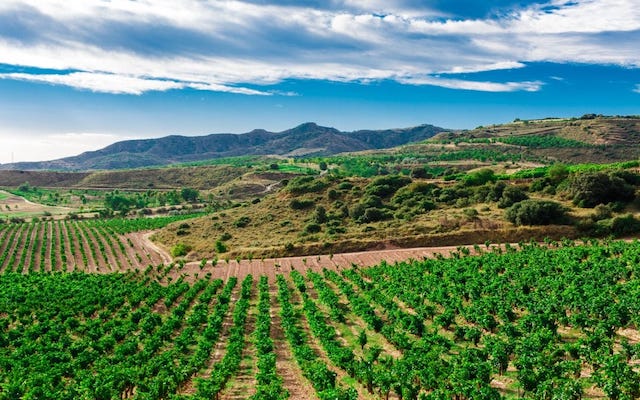
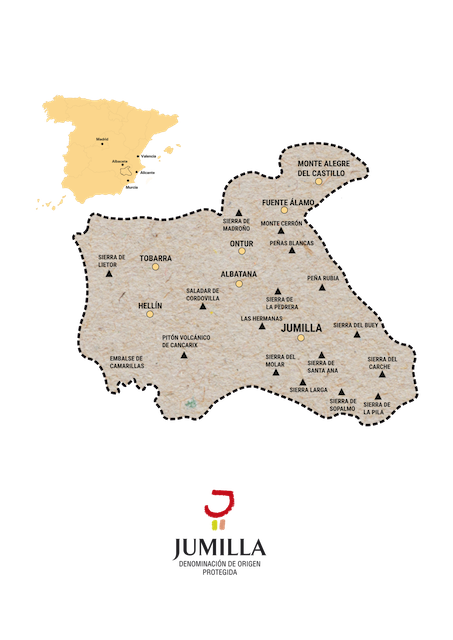
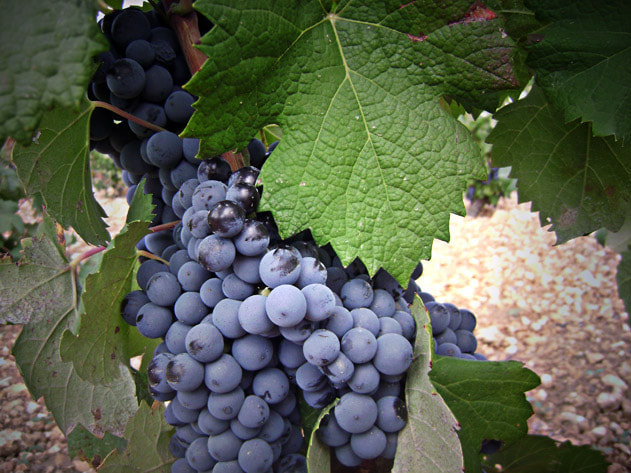
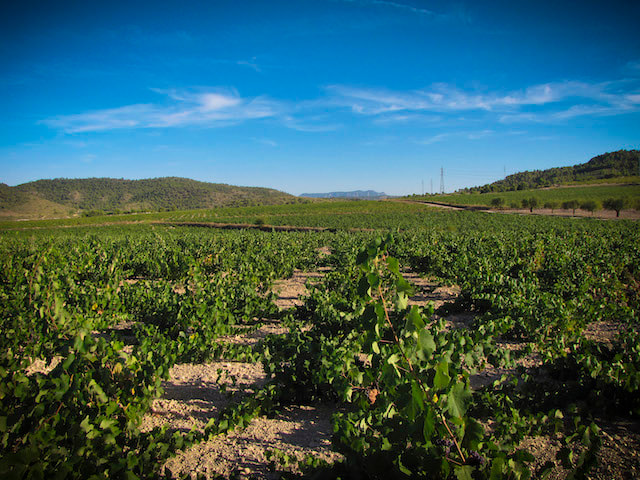
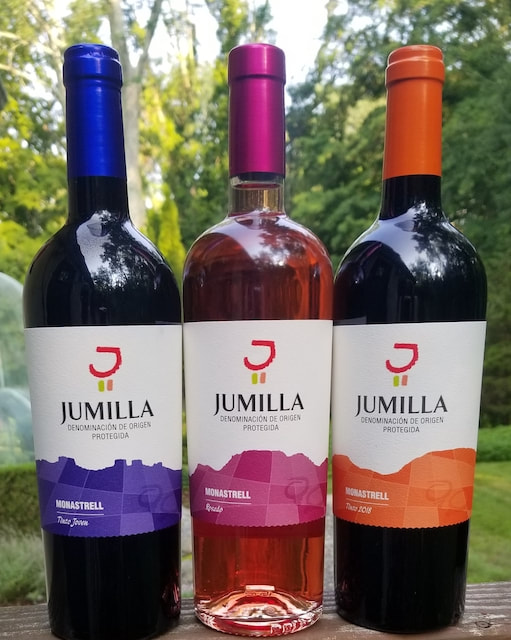
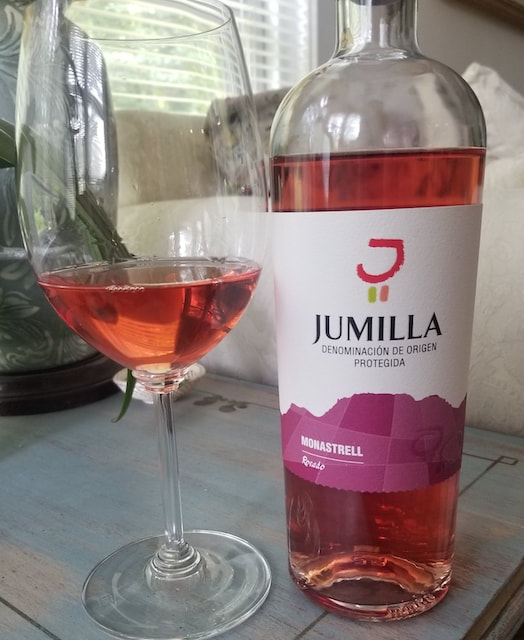
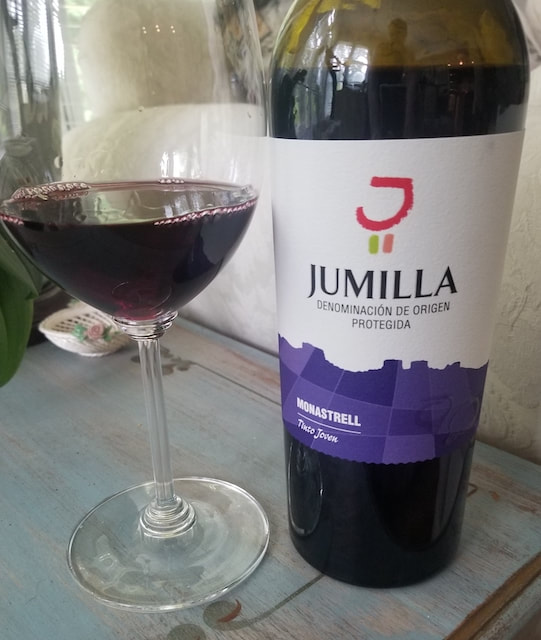
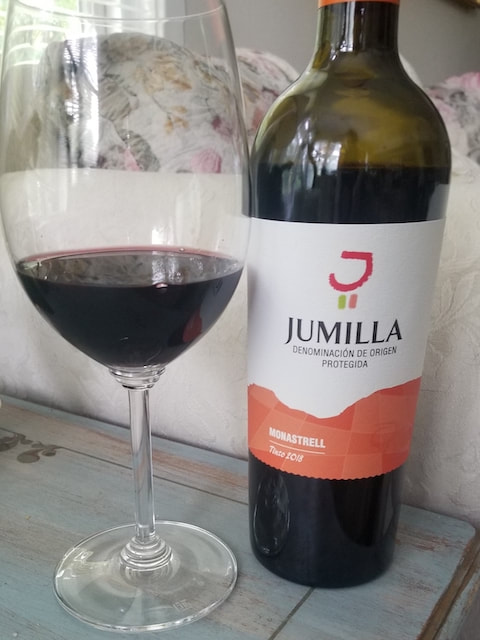
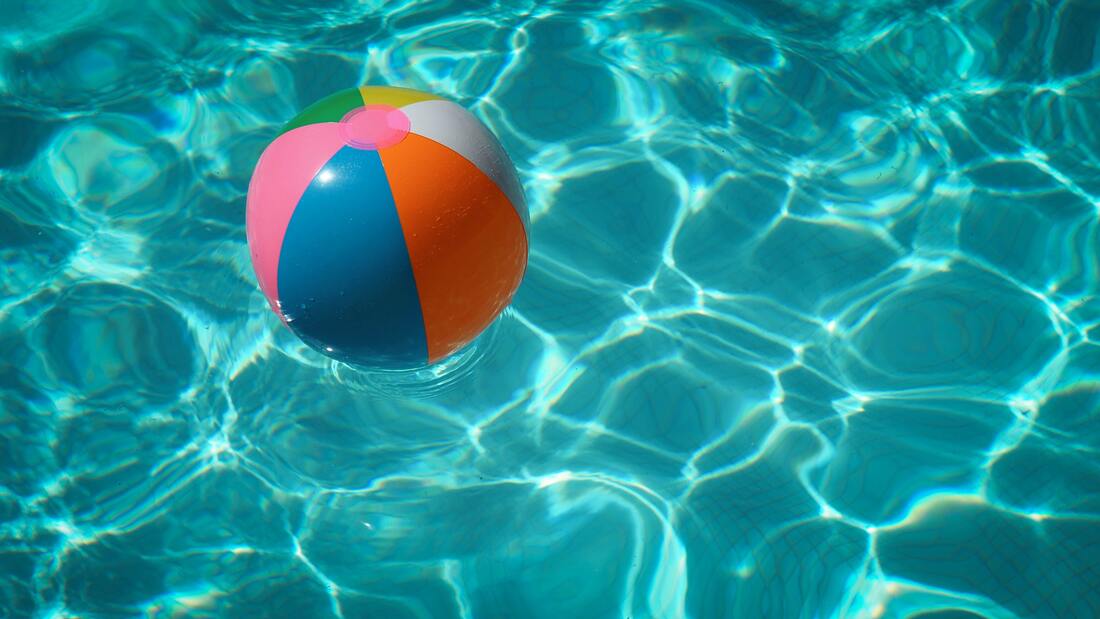
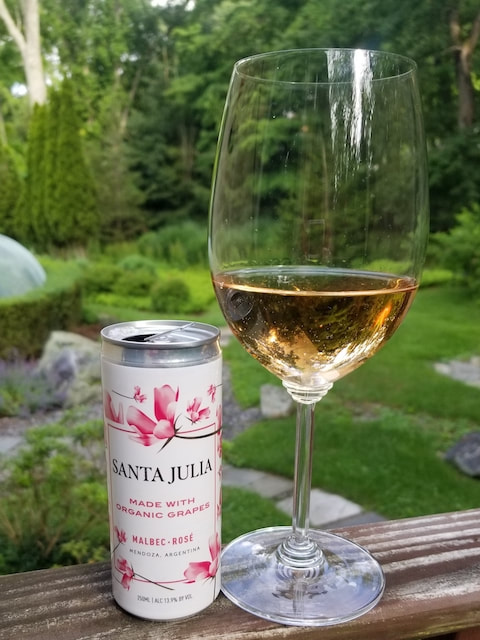
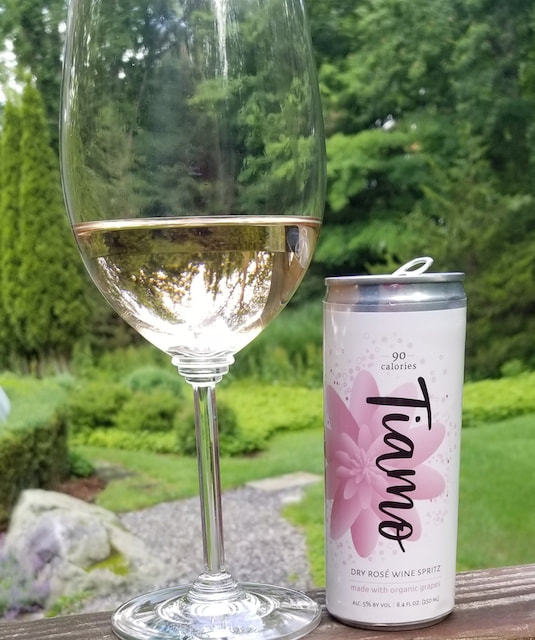
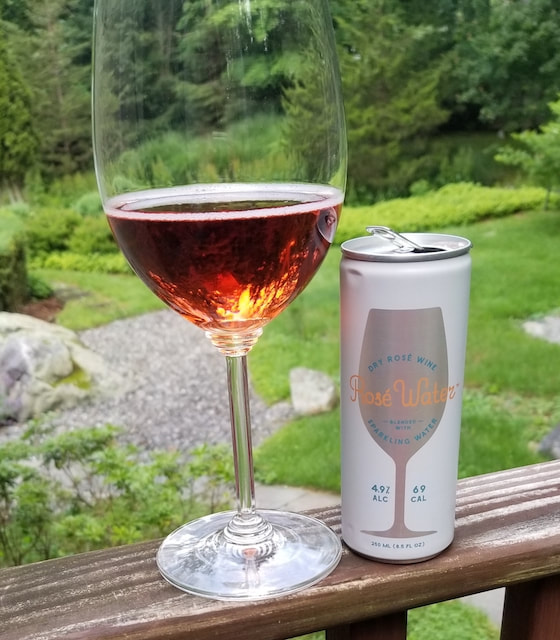
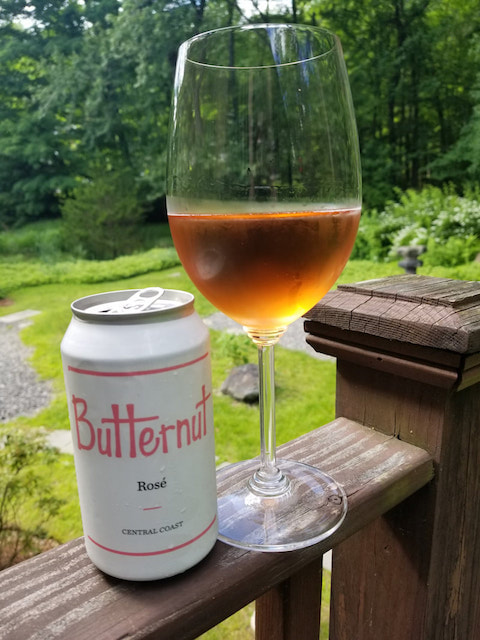
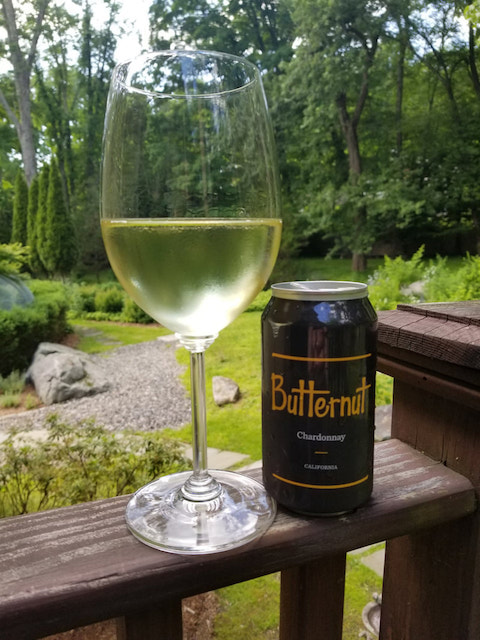
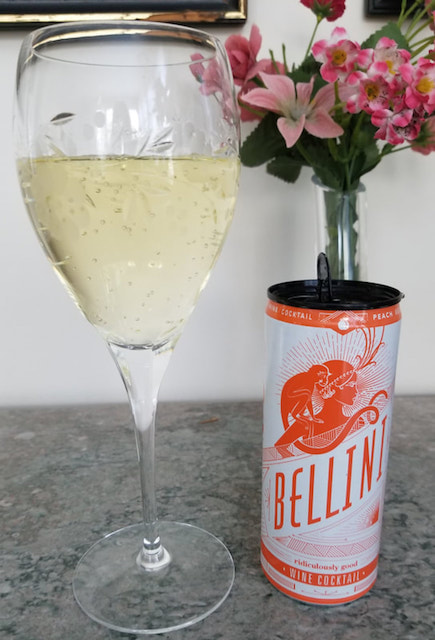
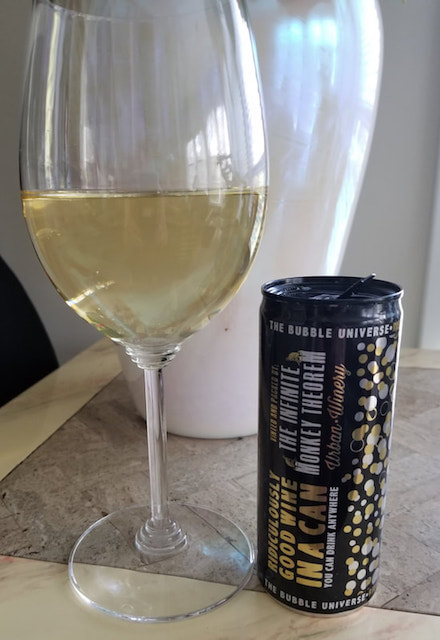
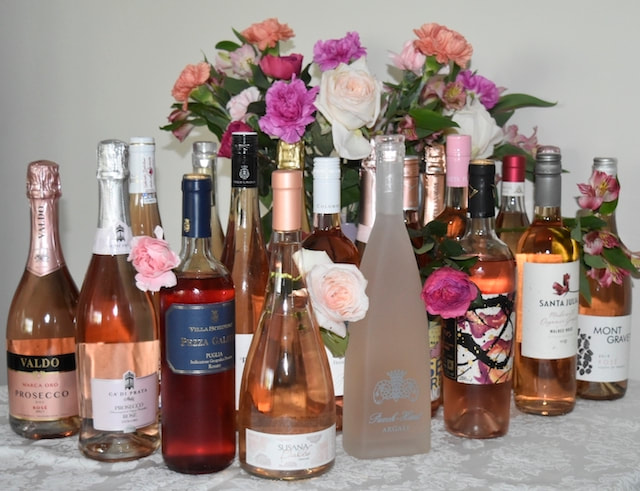
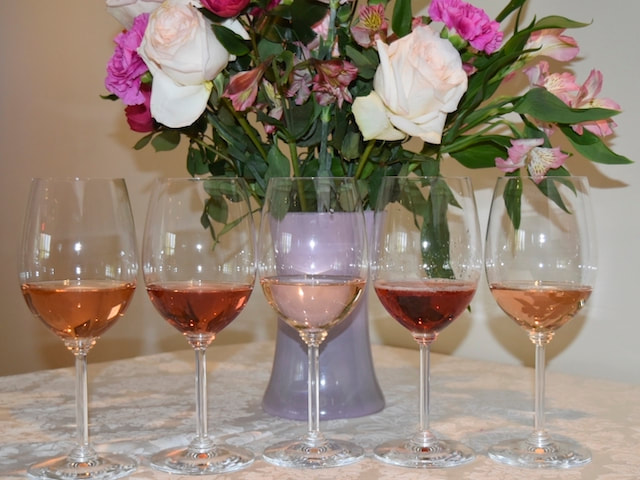
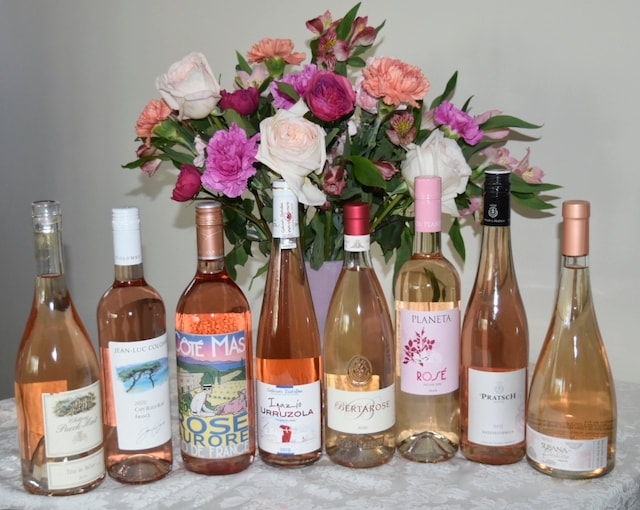
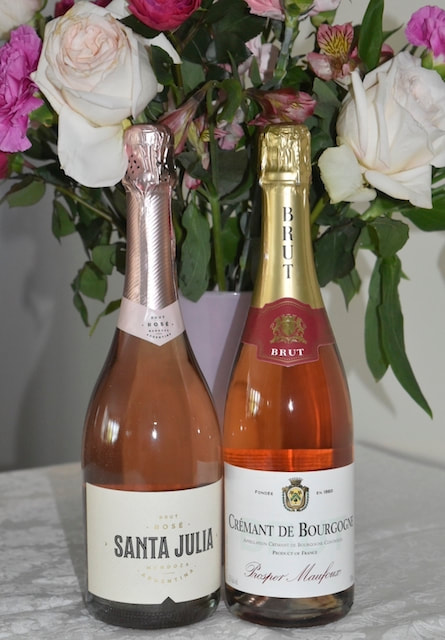
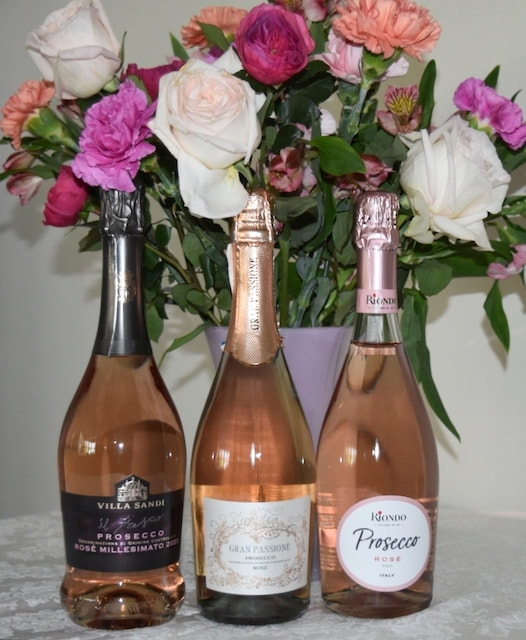

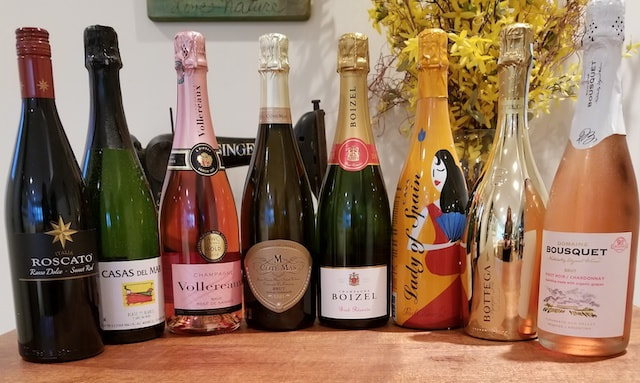
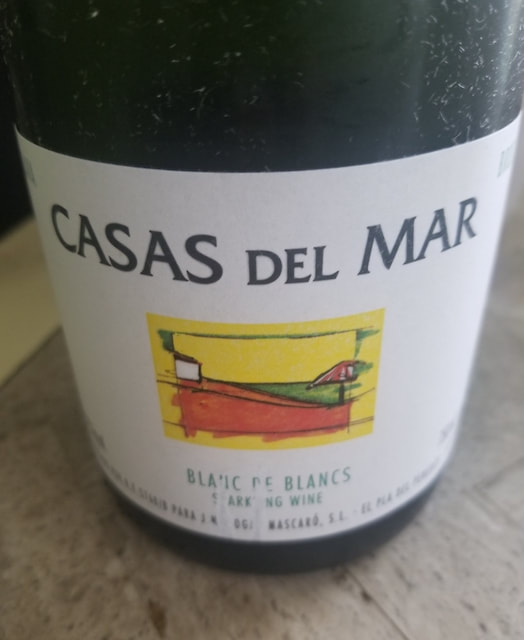
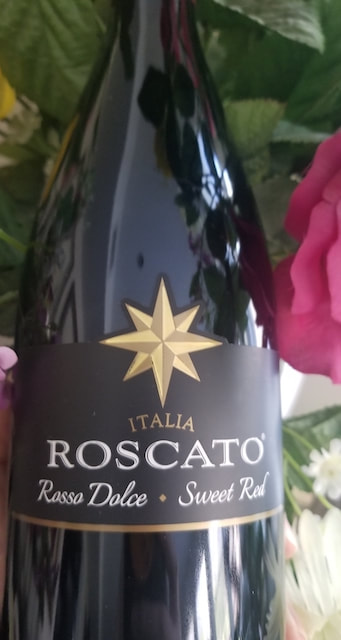
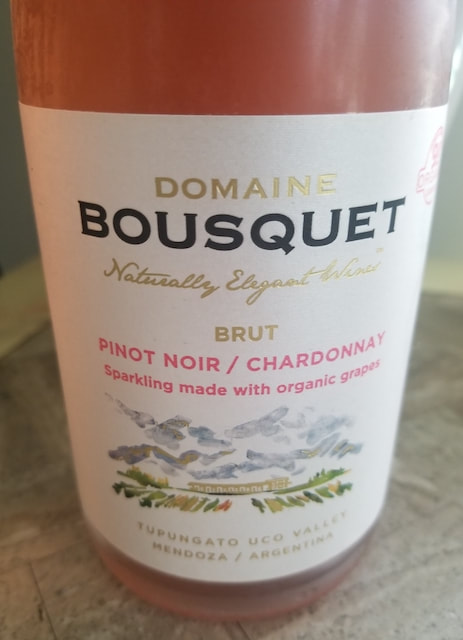
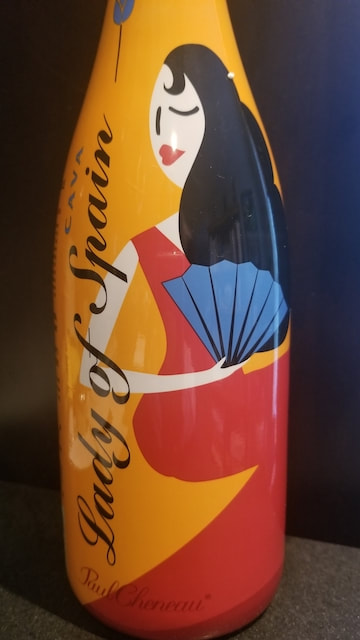
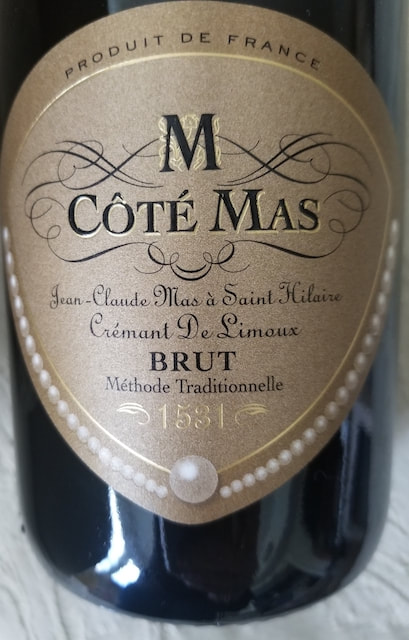
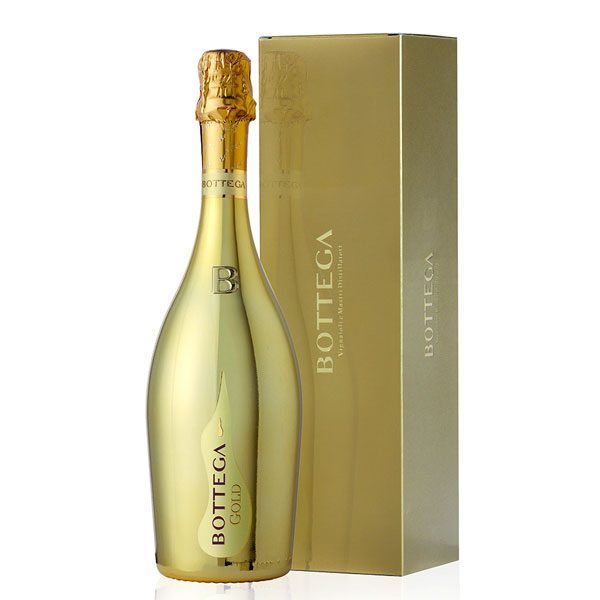
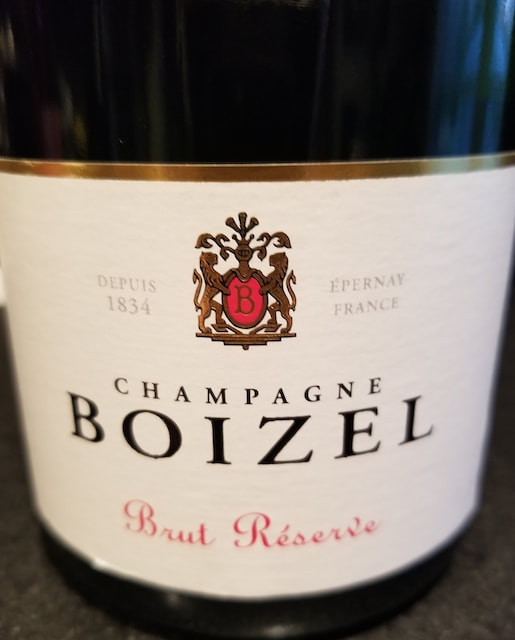
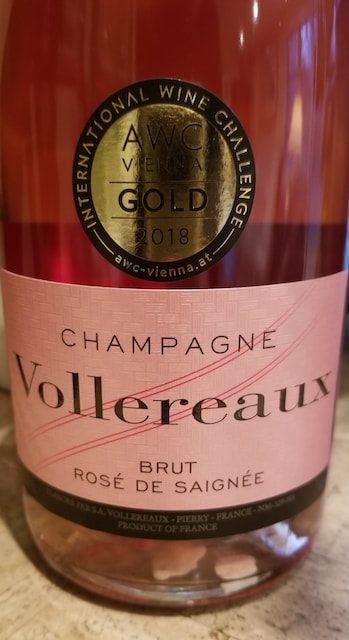
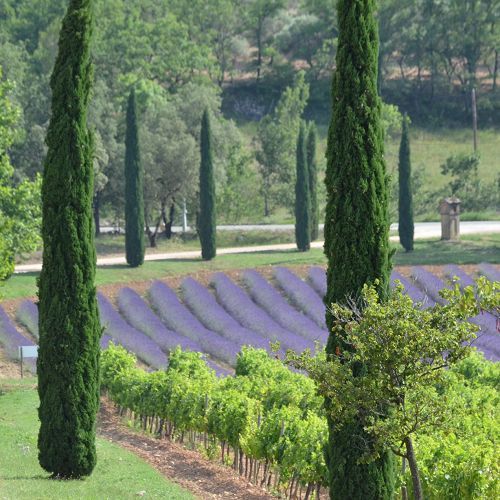
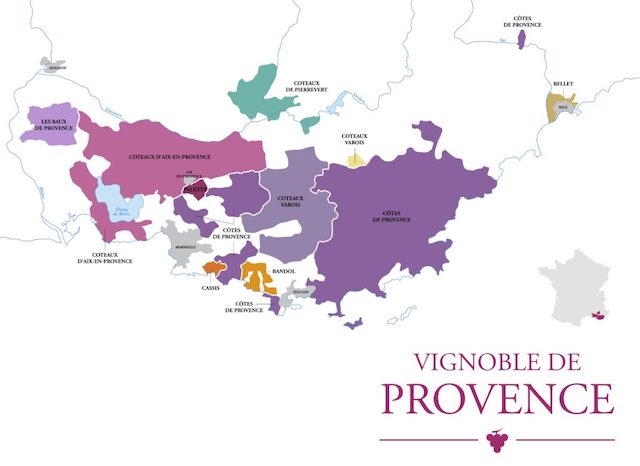
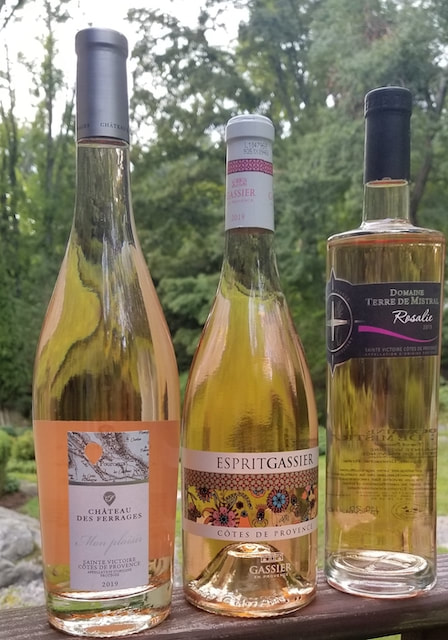
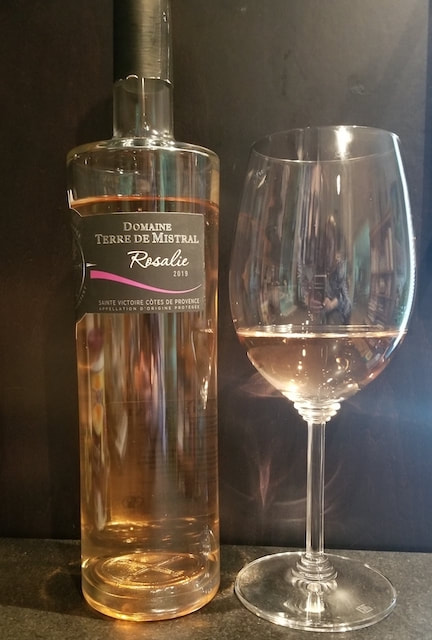
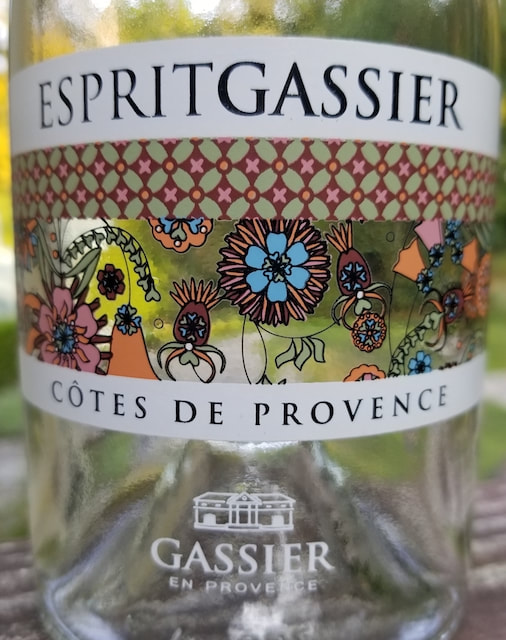
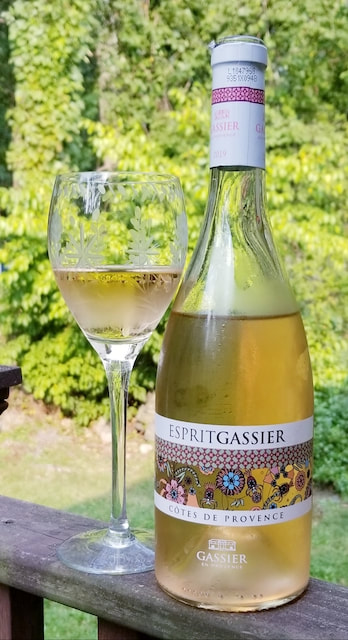
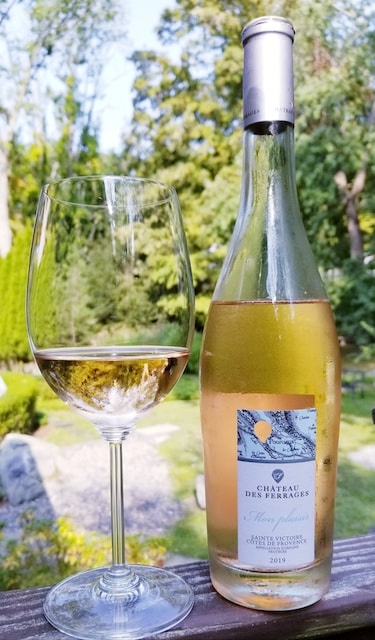
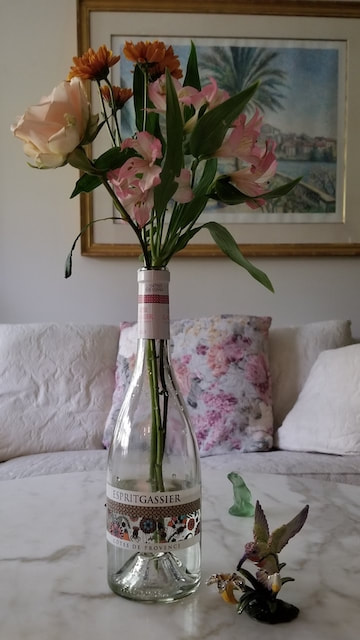
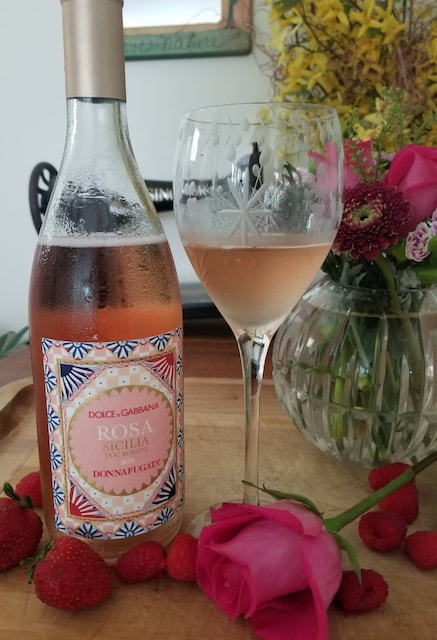
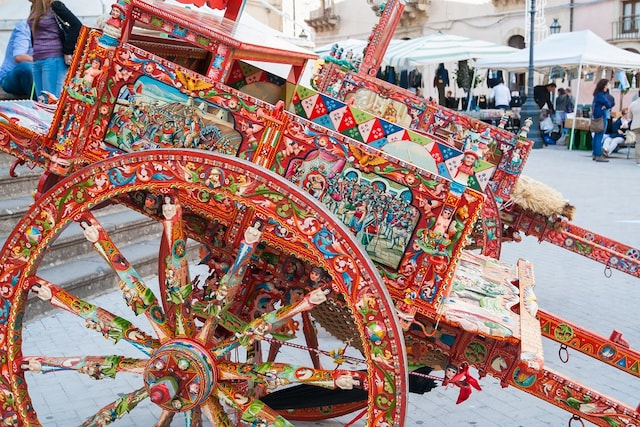
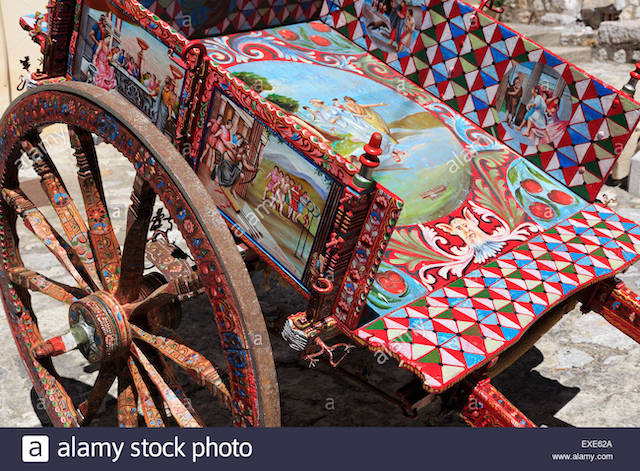
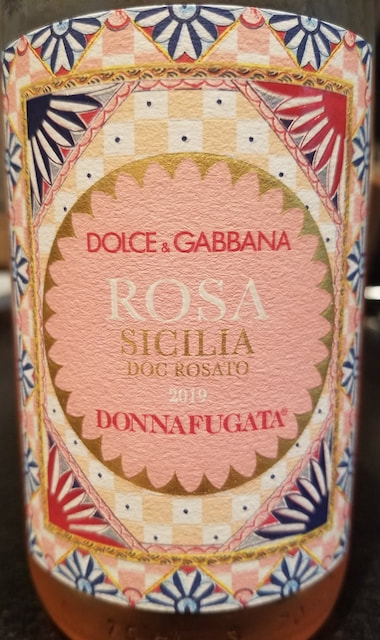
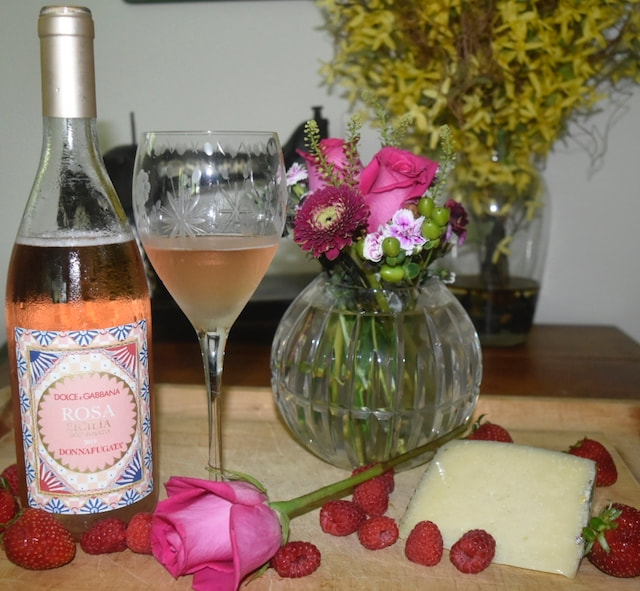
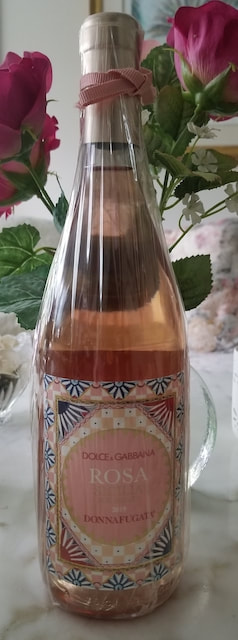
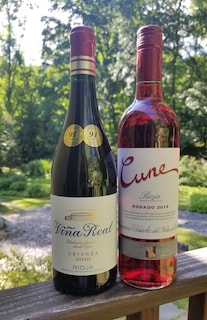
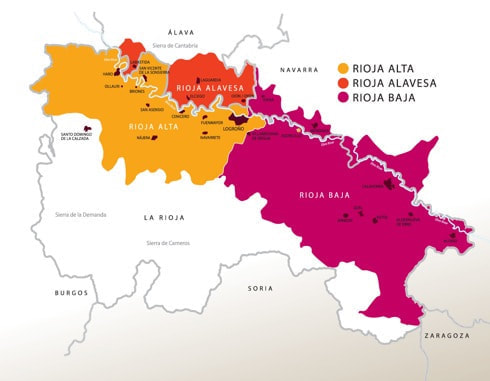
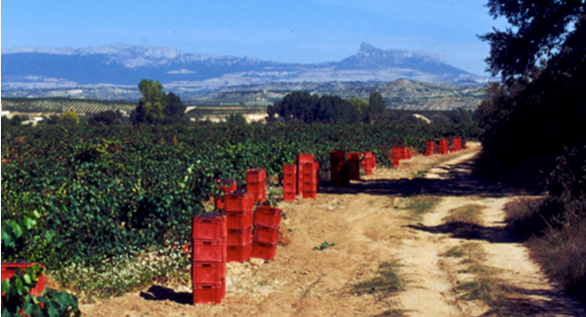
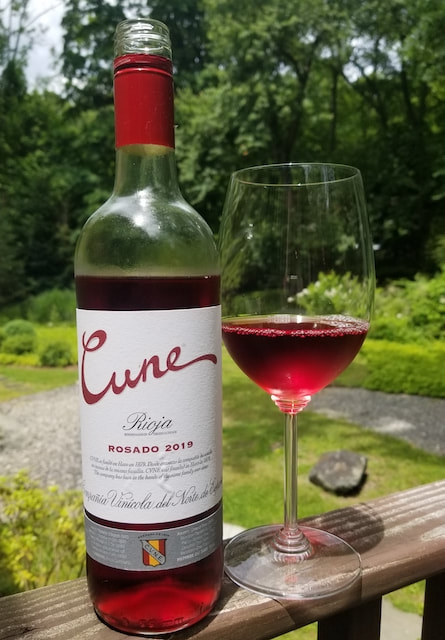
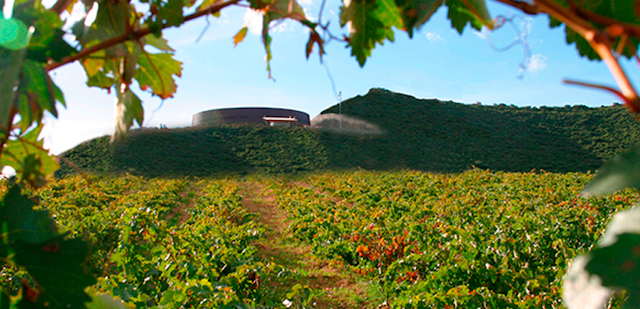
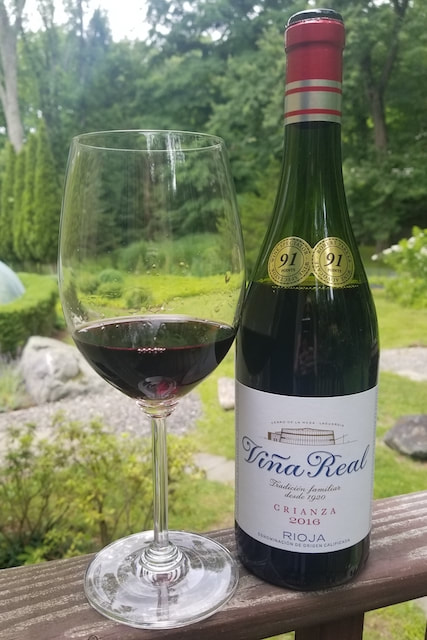
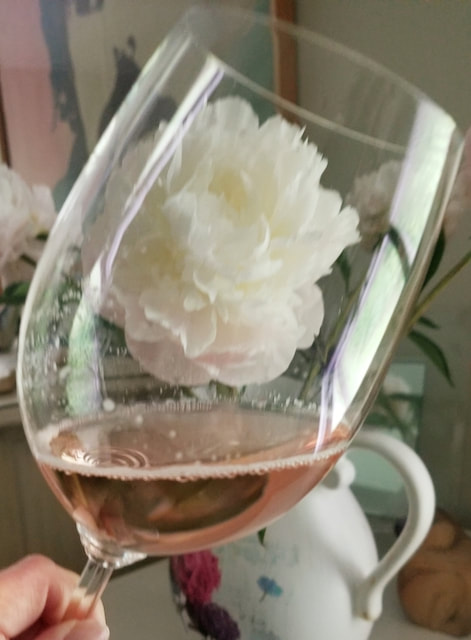
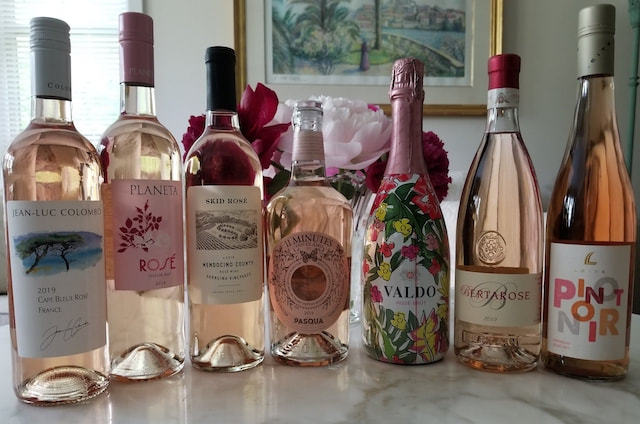
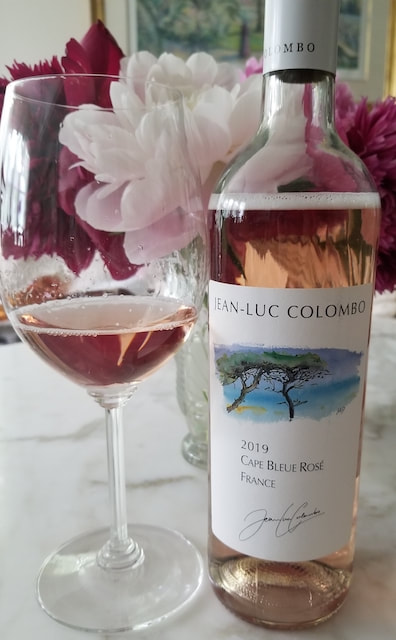
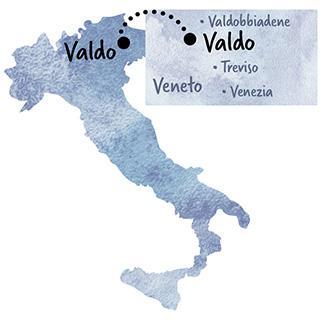
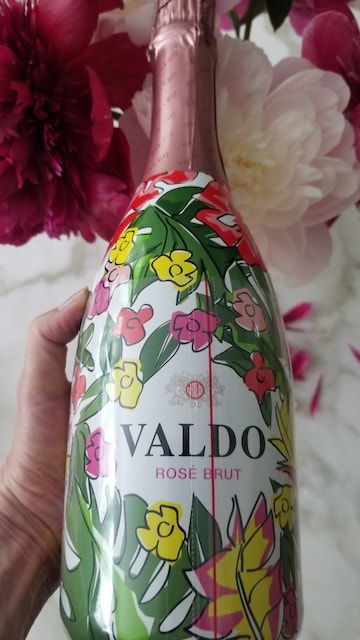
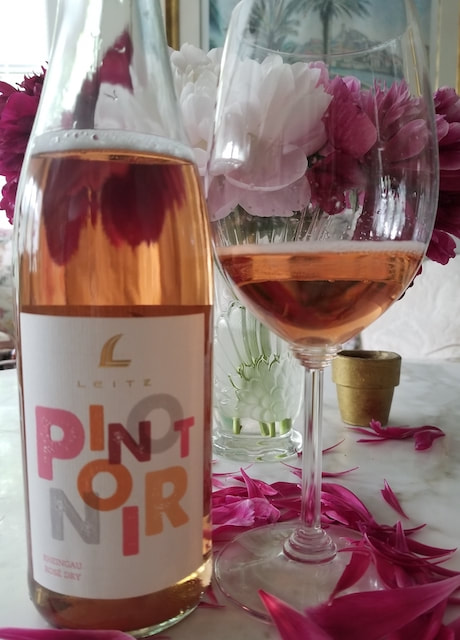
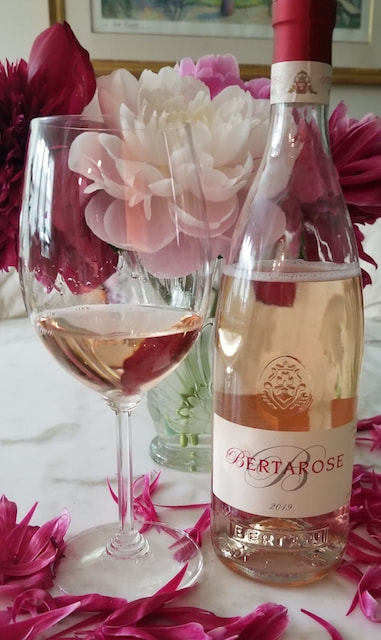
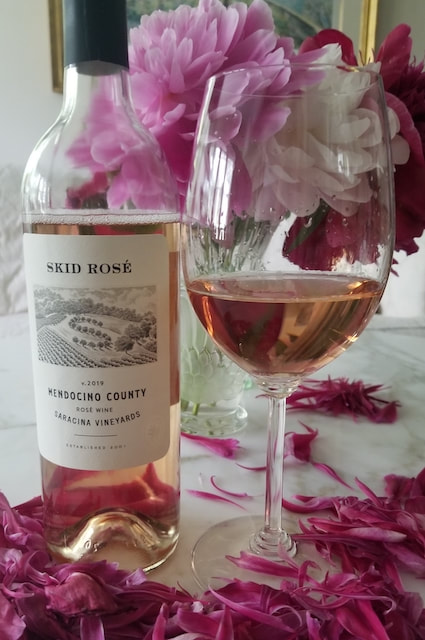
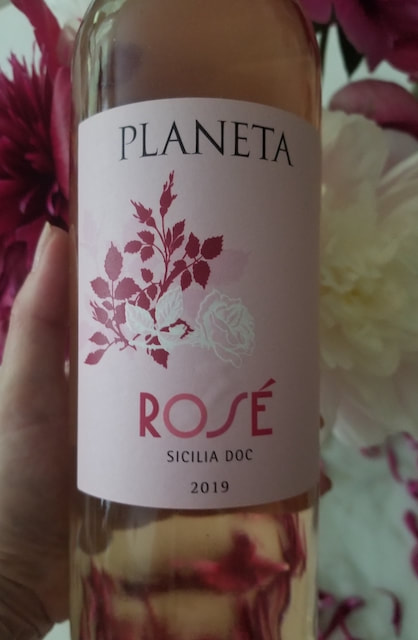
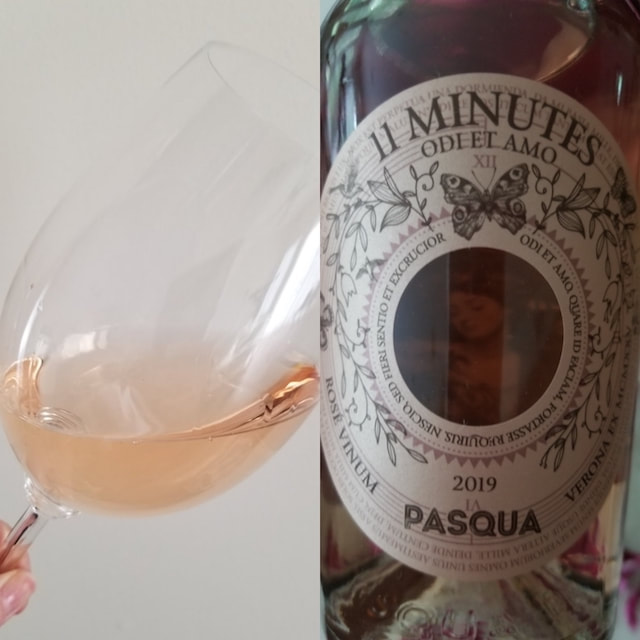
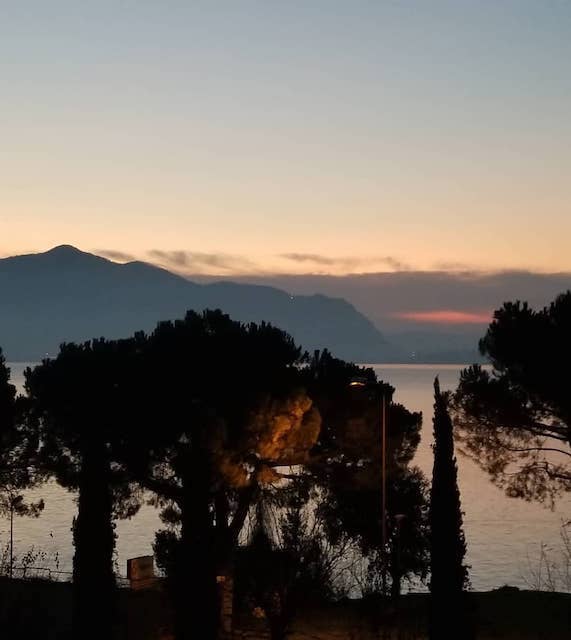
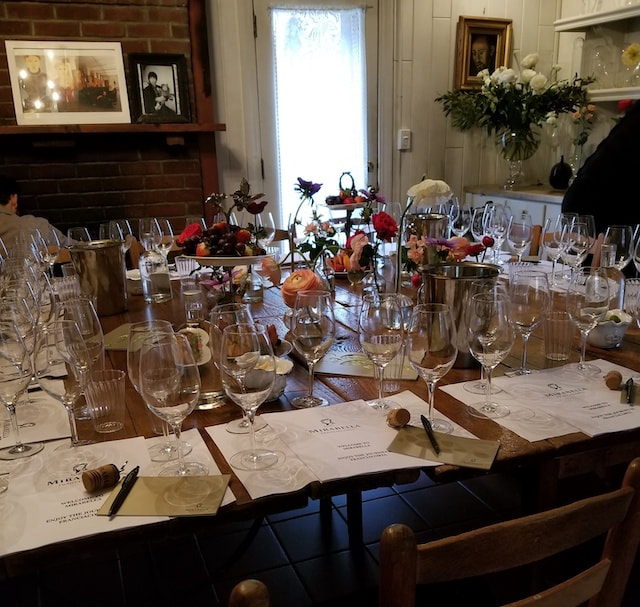
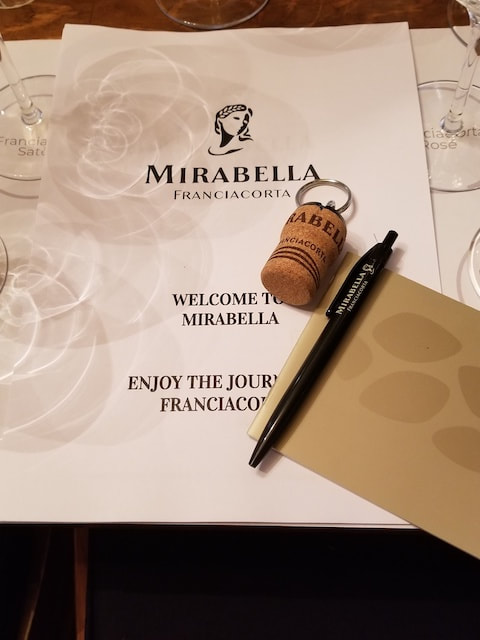
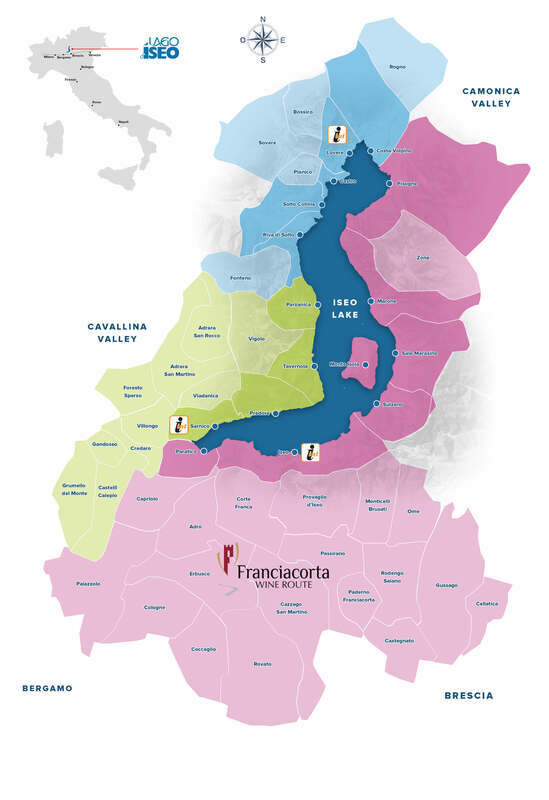
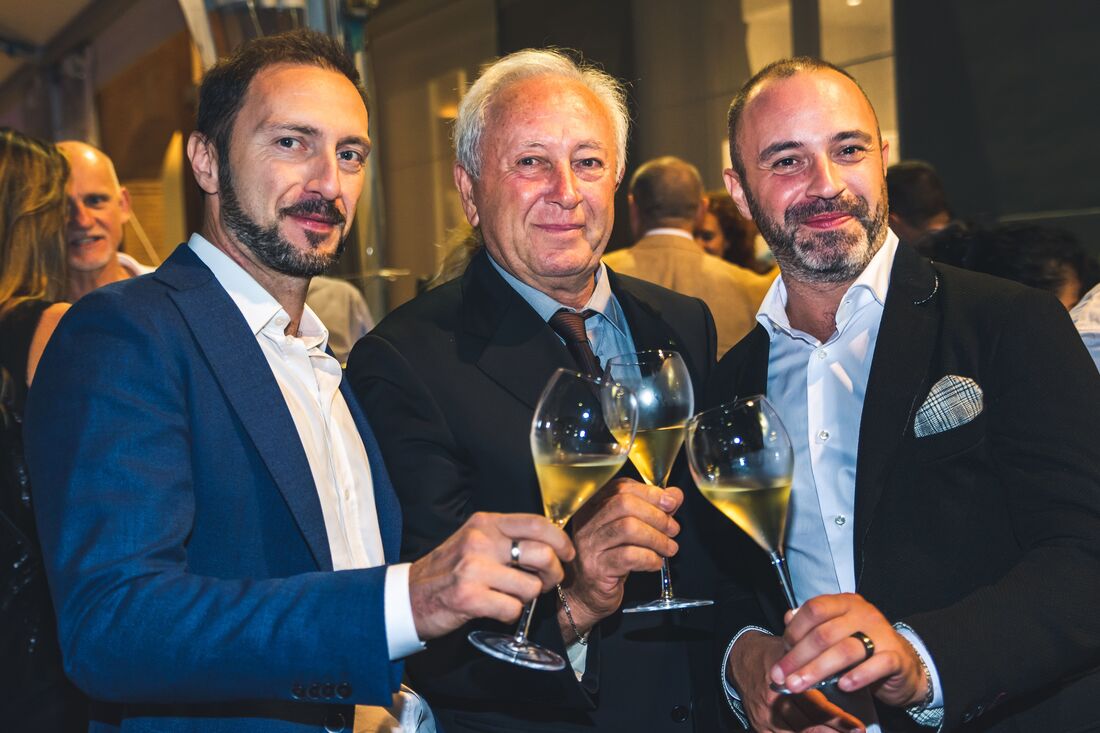
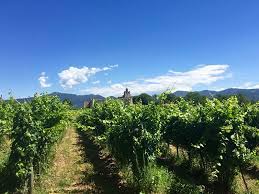
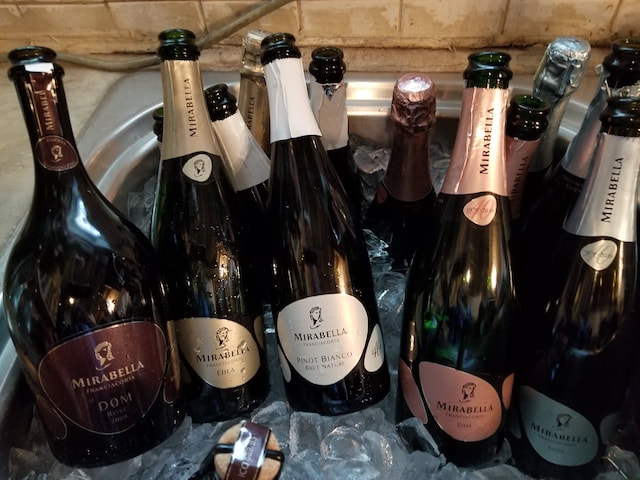
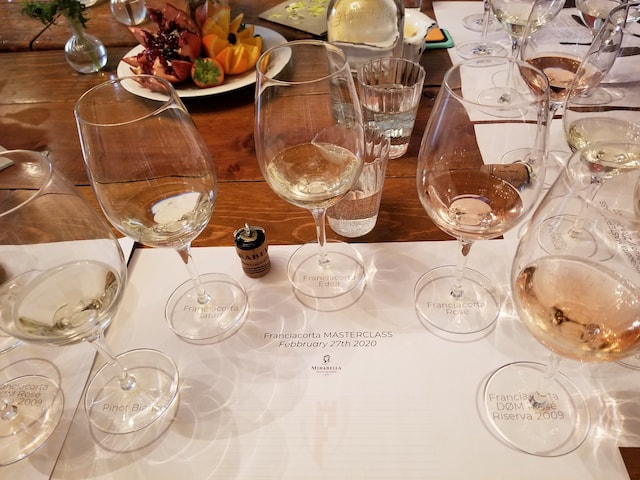
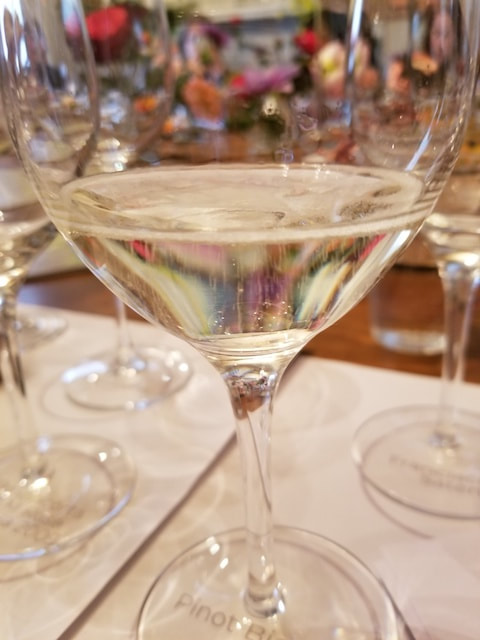
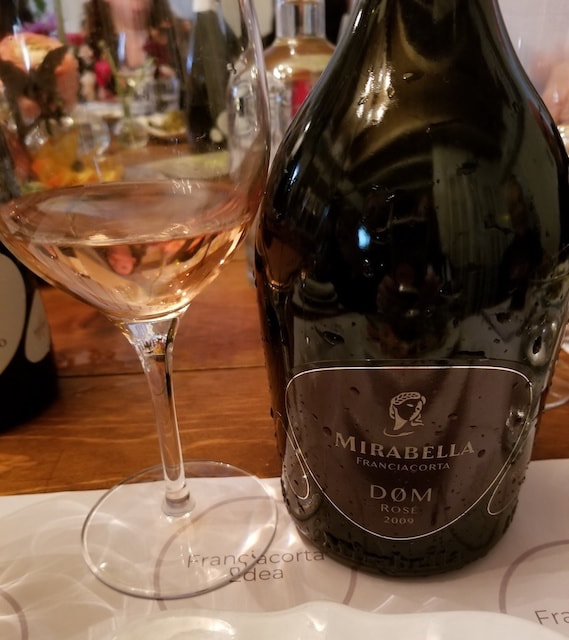
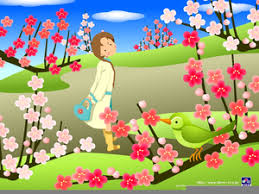
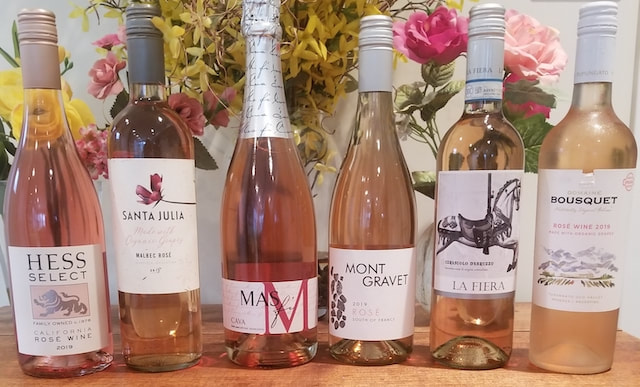
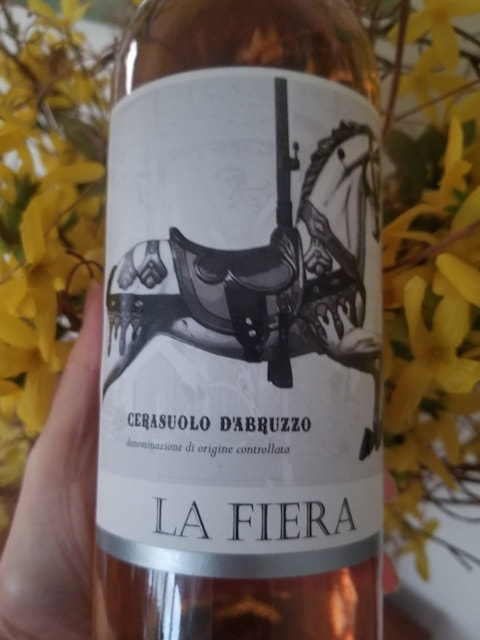
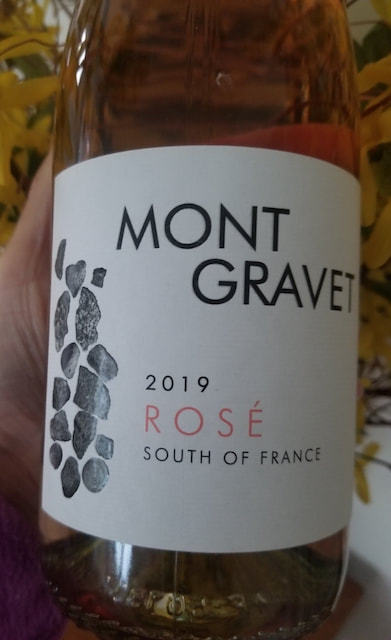
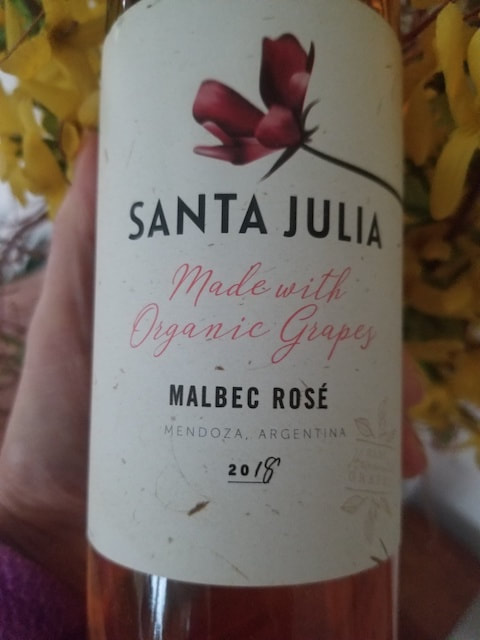
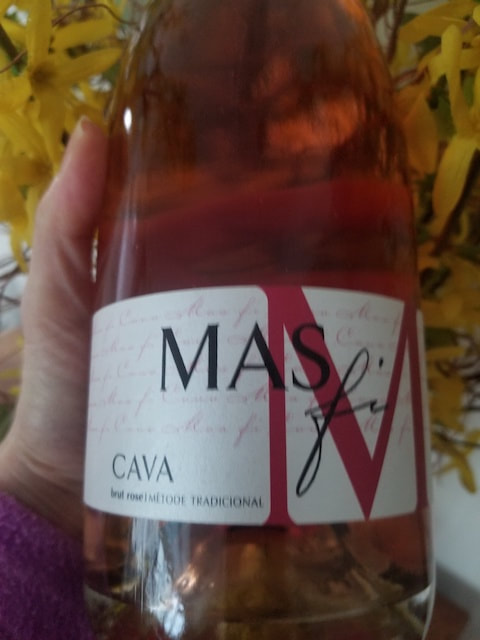
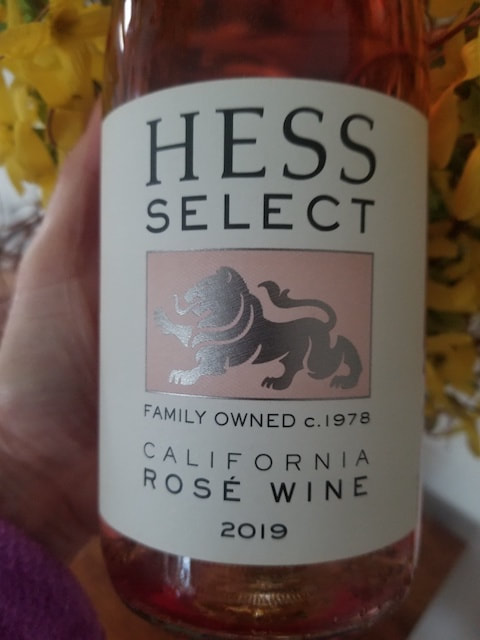
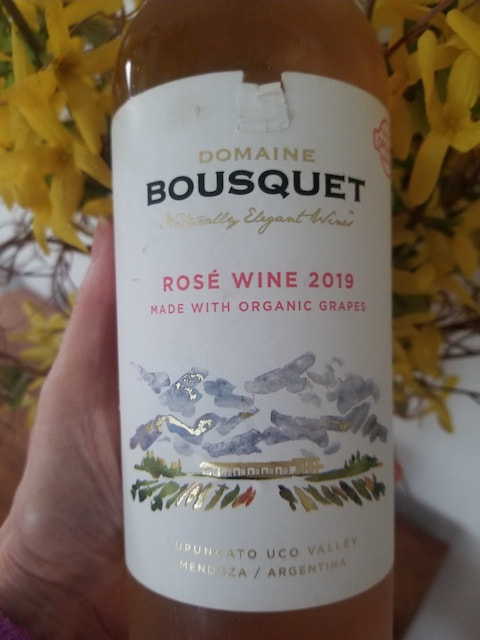
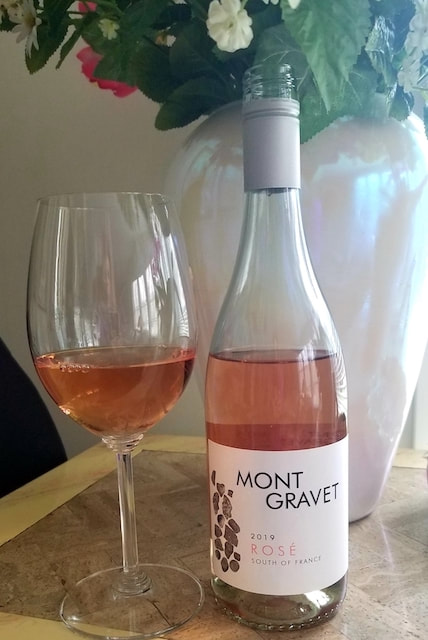
 RSS Feed
RSS Feed